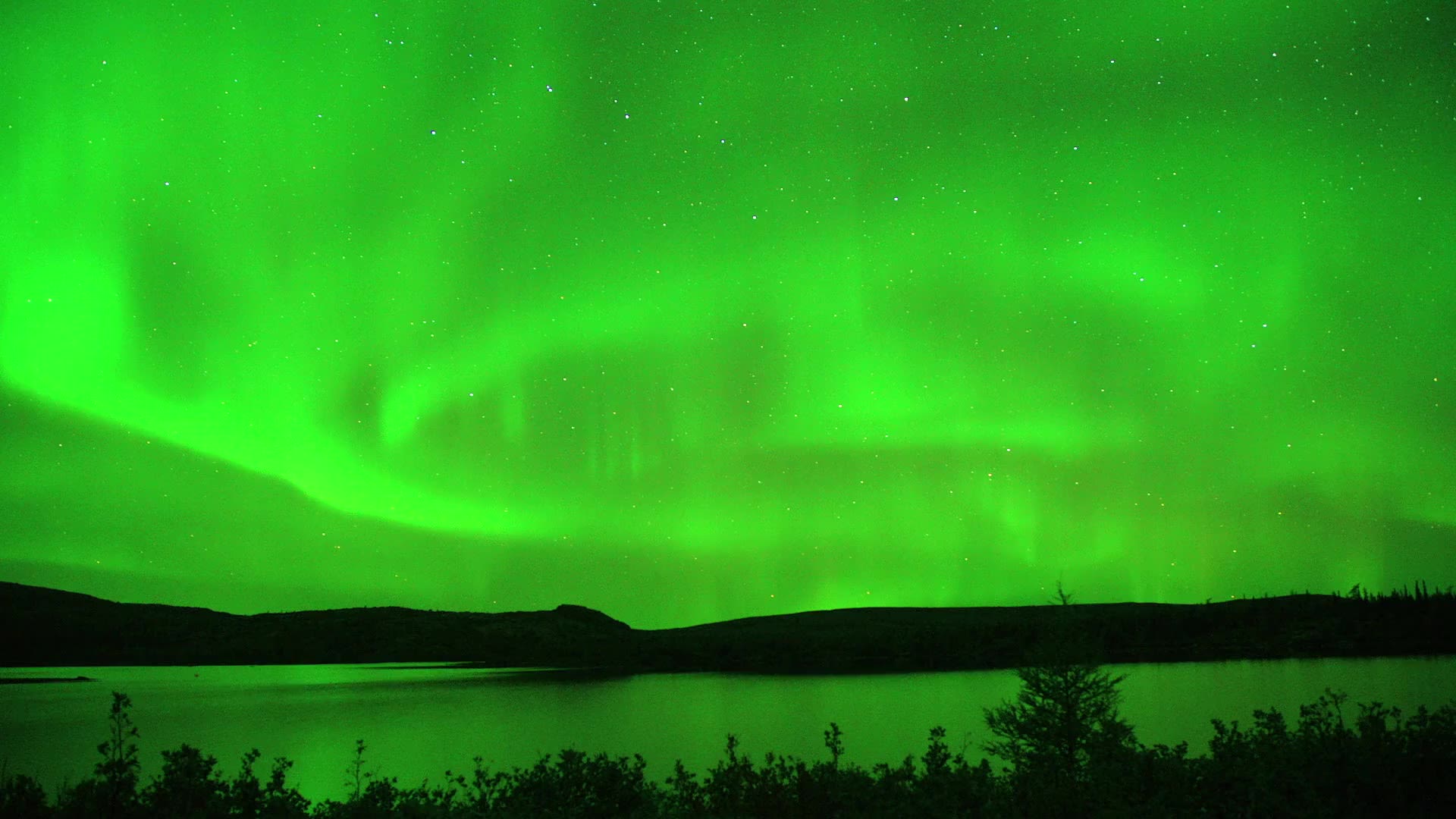Make Québec your next summer escape

Summer is by far and away the best time to explore Québec. This proud, fun-loving province knows how to make the most of the warmer months, whether that means hitting the trails, spotting whales, camping out in the backcountry or enjoying one of Québec’s world-famous festivals. There are summer adventures galore to enjoy here: you could spend a weekend kayaking on the Saguenay fjord, hiking in the Laurentian Mountains, wildlife watching around Mauricie or taking a foodie road-trip up the North Shore. The challenge is finding the time to do it all.
Getting there and around
Air Canada, British Airways and Air Transat offer direct flights to Québec from the UK. In summer, there are usually two daily flights from London Heathrow to Montréal, and at least one weekly flight between London Gatwick and Québec City, with connecting flights to other UK airports. Once you’ve landed, the most convenient way to get around is a hire car: fly-drive deals can offer substantial savings. Québec’s roads are generally excellent and well-maintained, although it’s worth noting that many backcountry roads are unpaved, so a 4x4 can come in handy here. A fun alternative to driving is to travel by train: VIA Rail operates a direct line between Montréal’s Gare Centrale and Québec City’s Gare du Palais, a scenic trip that takes just three hours. From here, you can also catch connections to Charlevoix, or onwards to New Brunswick, Nova Scotia or even New York City.
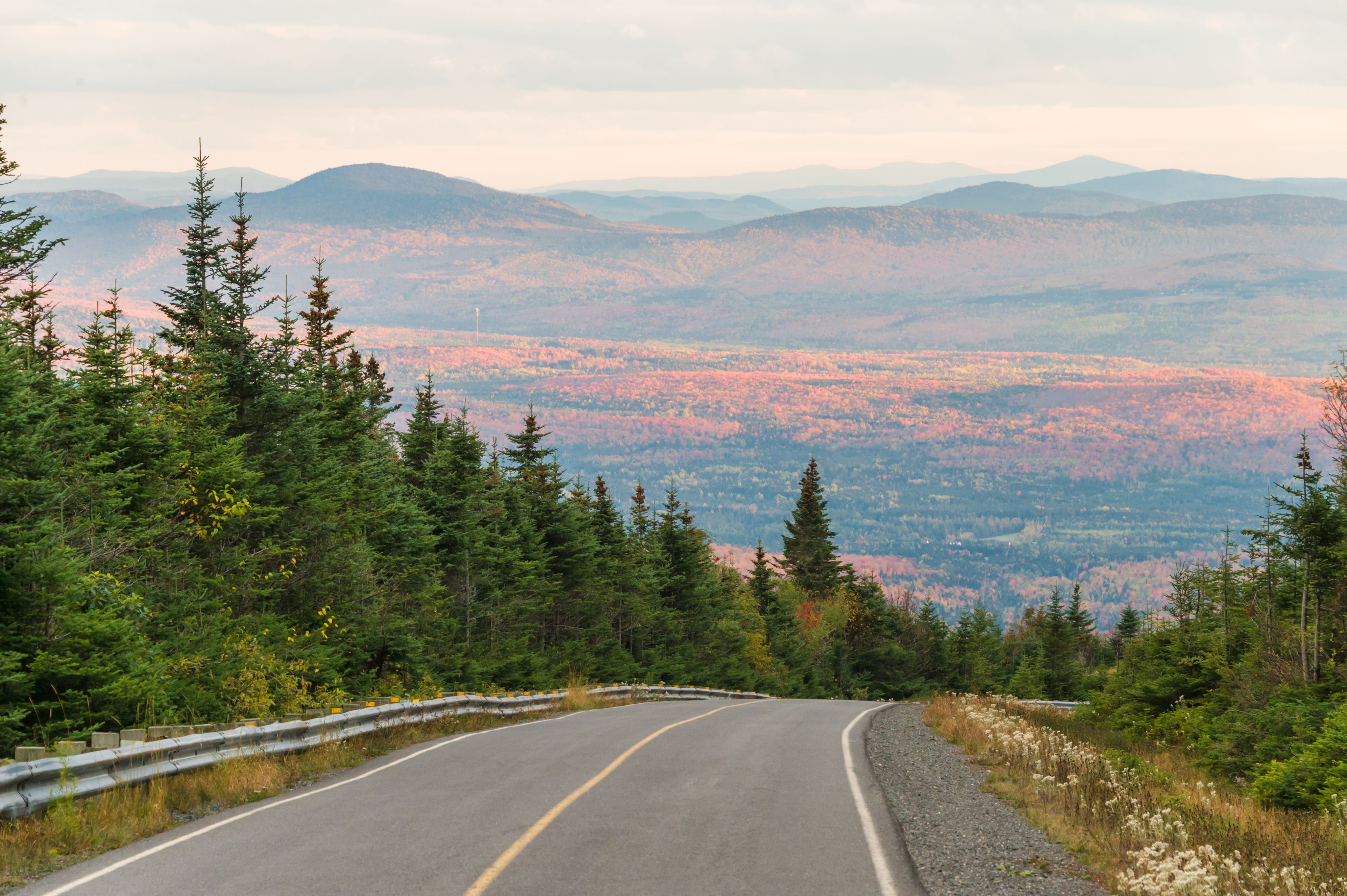
Four things you didn't know about Québec...
1
Québec is the world's largest producer of maple syrup, boasting about 70% of the global output.
2
Québec City's Winter Carnival is the largest in the world, welcoming around 400,000 visitors each year.
3
Despite being predominantly French-speaking, Québec is home to North America's oldest English language newspaper.
4
Québec's name comes from the Algonquin word for 'narrow passage', which refers to the portion of the St. Lawrence River close to Québec City.
Come and discover Québec...
Québec's sublime diversity really makes it feel like another country in itself within Canada. Don't believe us? See it for yourself...
Montréal
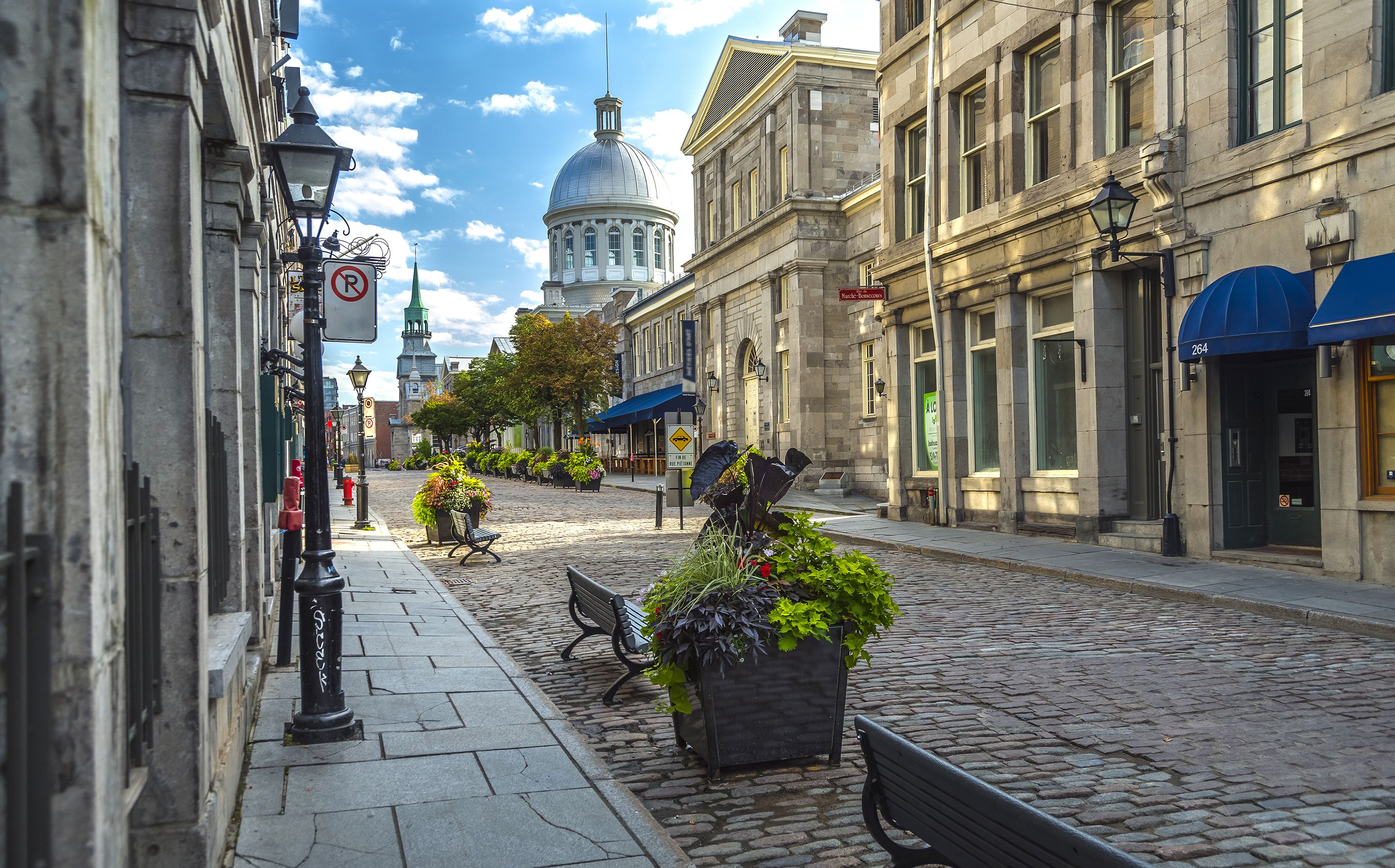
Fine food, lively festivals and a distinctively French flavour make this stylish city a must-visit...
Laurentians
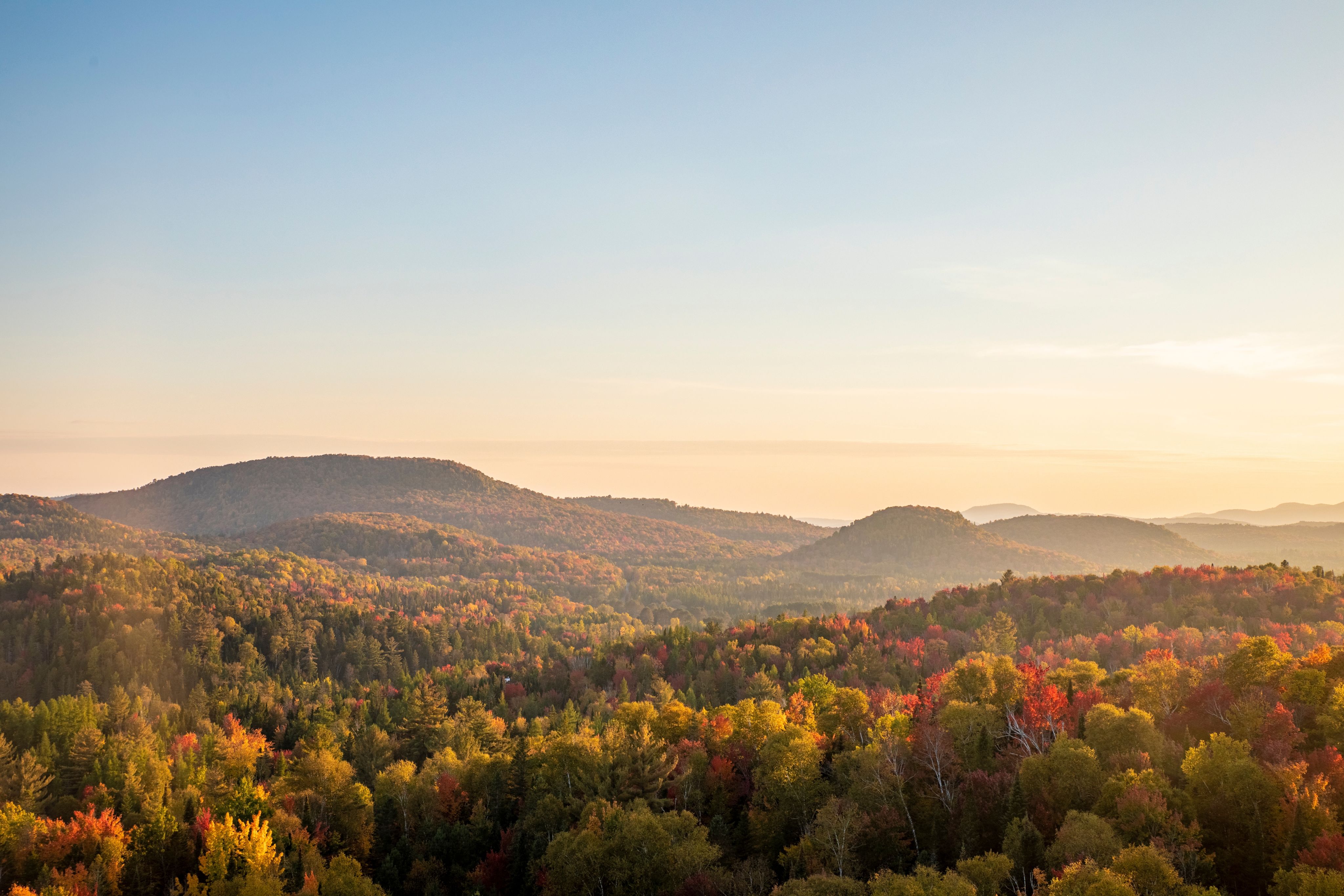
Head for the mountains northwest of Montréal to explore the trails in summer, or ski down the slopes in winter...
Outaouais
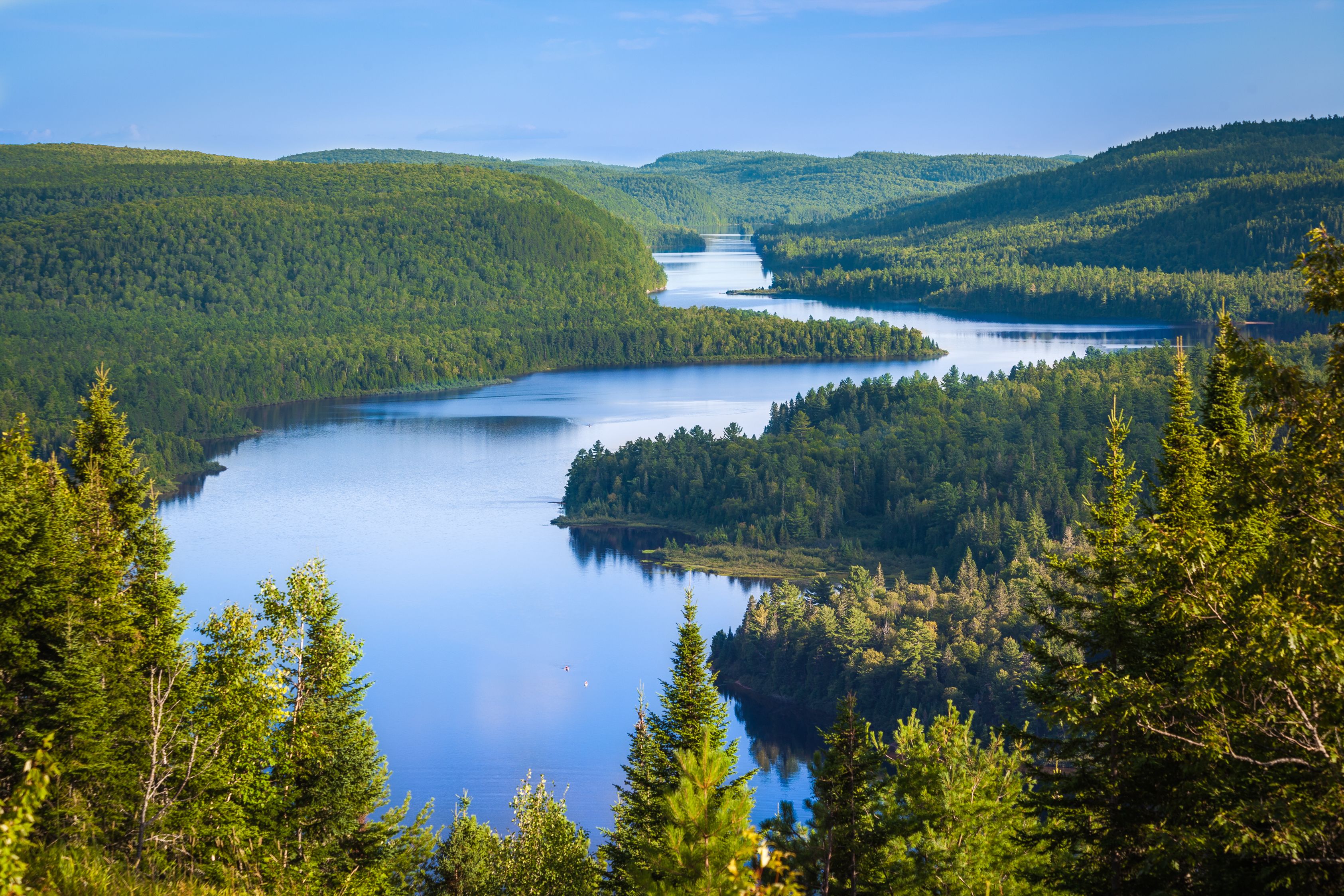
Wild corners await here, as well as a healthy dose of culture at the Canadian Museum of History, Canada's most visited museum...
Saguenay-Lac-Saint-Jean
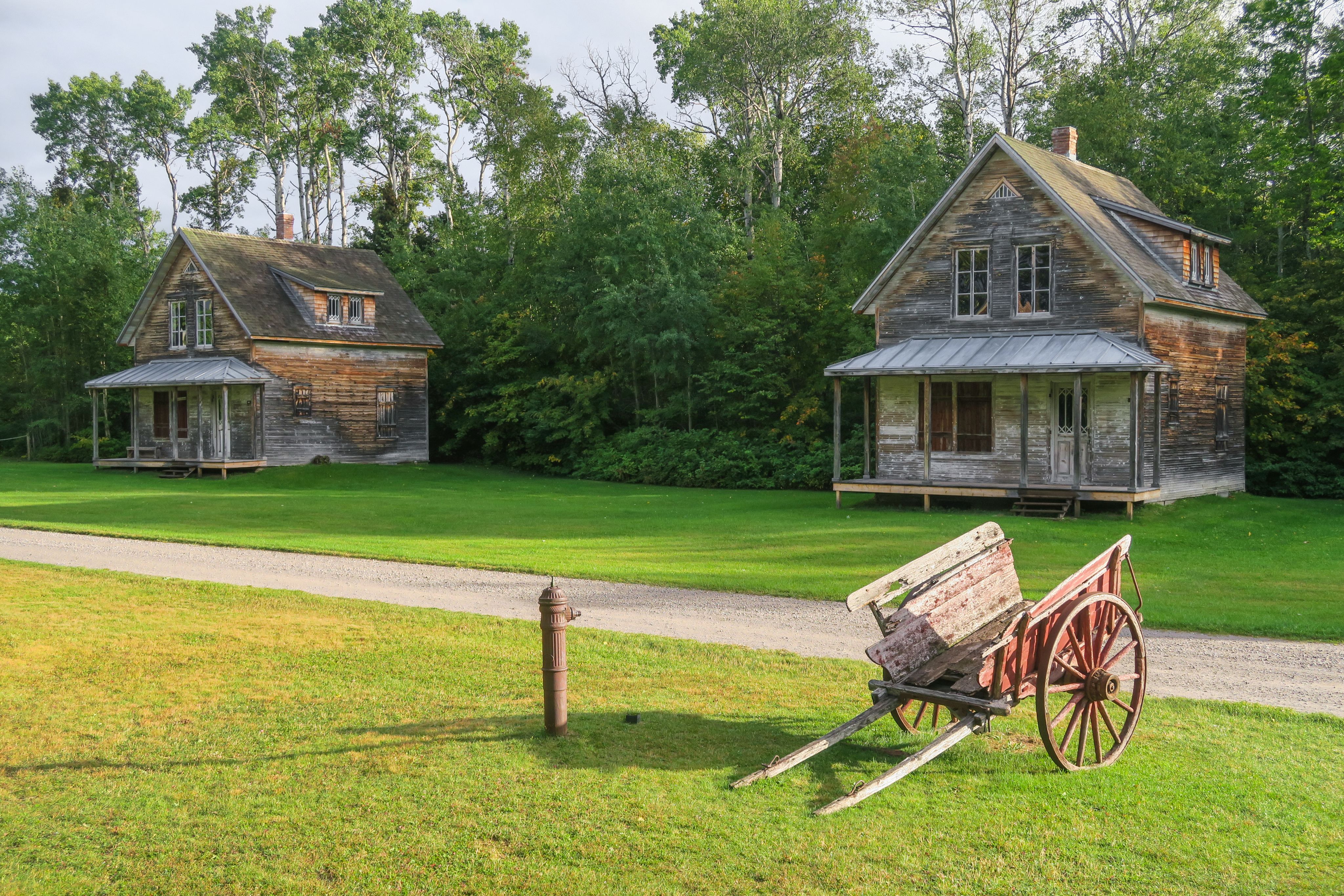
A wild corner of Québec that’s primed for outdoor adventures, from wildlife sighting along the mighty Saguenay Fjord to boat trips on Lac Saint-Jean...
Québec Authentique
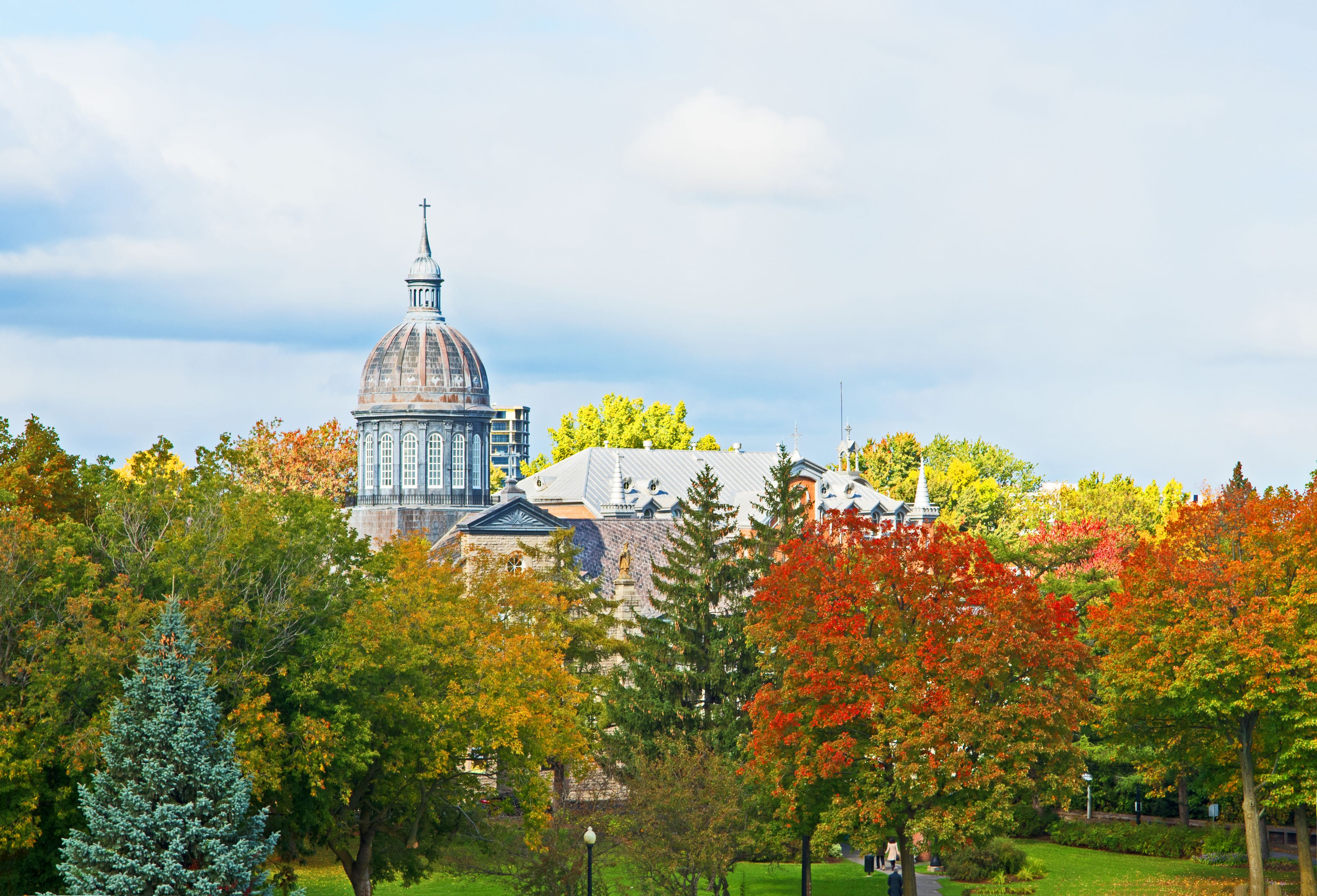
A natural tapestry of forests, lakes and rivers, Québec Authentique is where the only thing that's wider than your imagination is the landscapes themselves...
Charlevoix
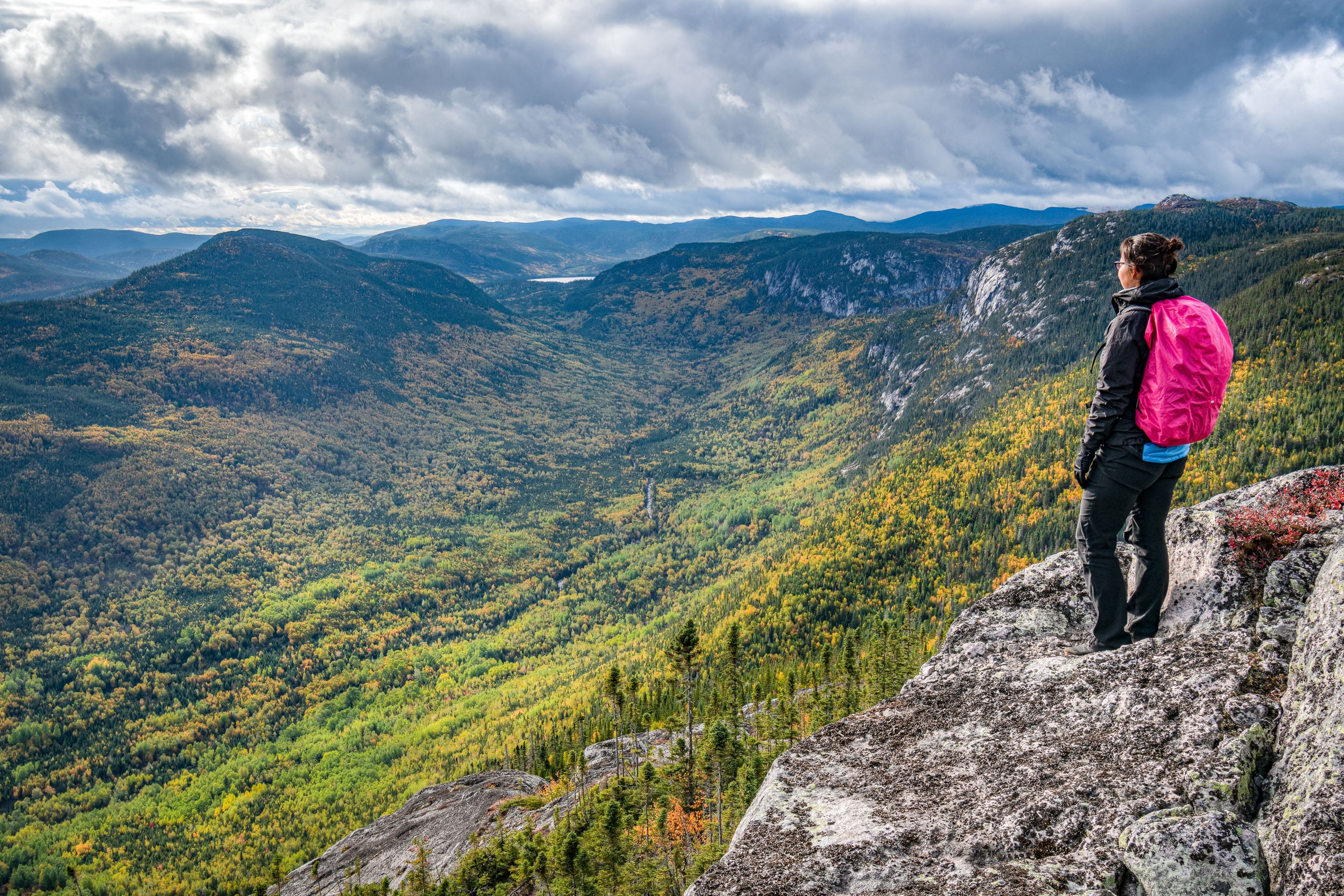
Escape Québec’s big cities for a road trip up the north shore, stopping at farms, workshops and quaint towns en route...
Québec City
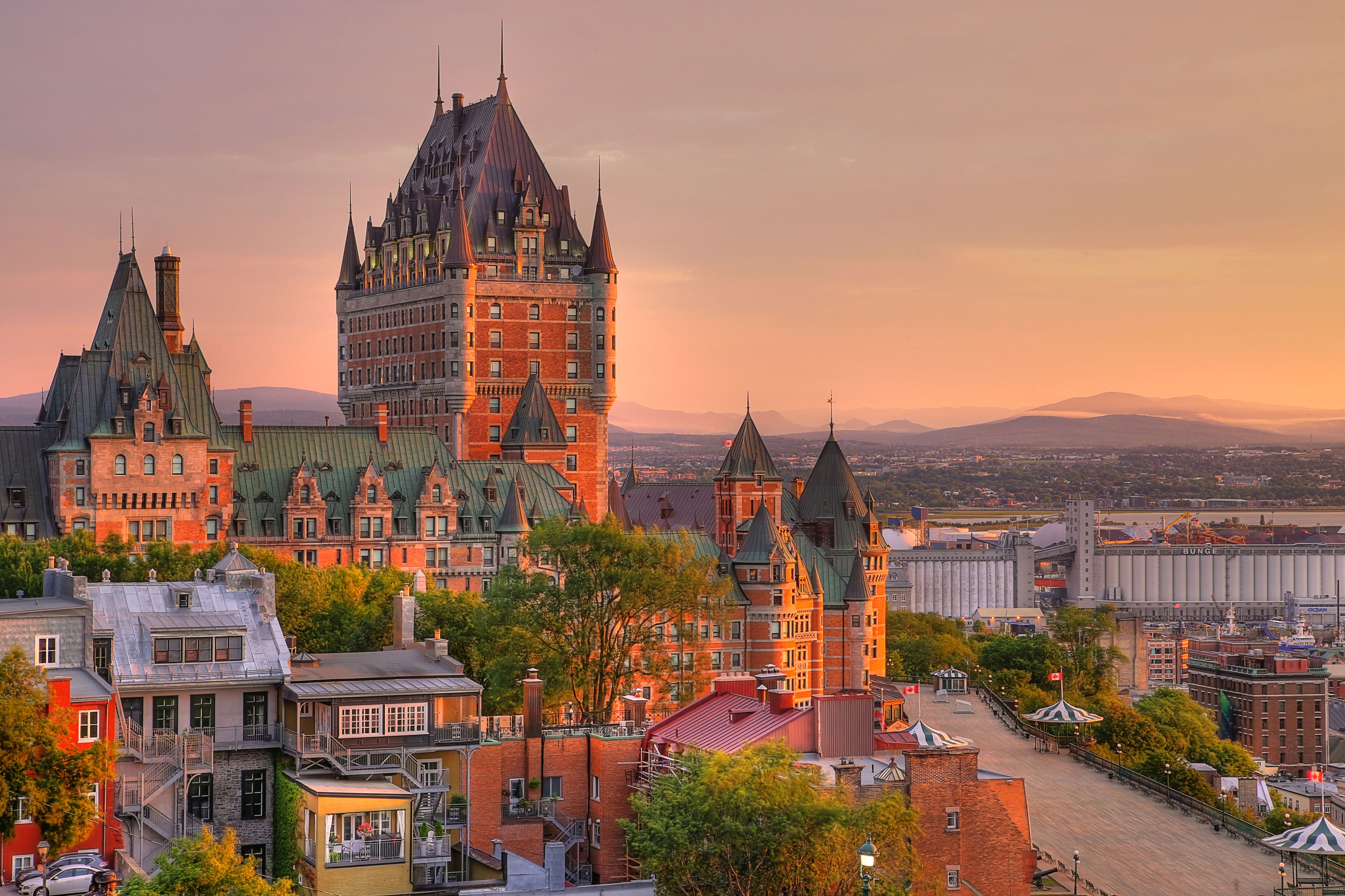
Québec’s cultured capital offers history aplenty, from the cobbled streets and bistros of Old Québec City to the 19th century clifftop Citadelle...
Southern Québec
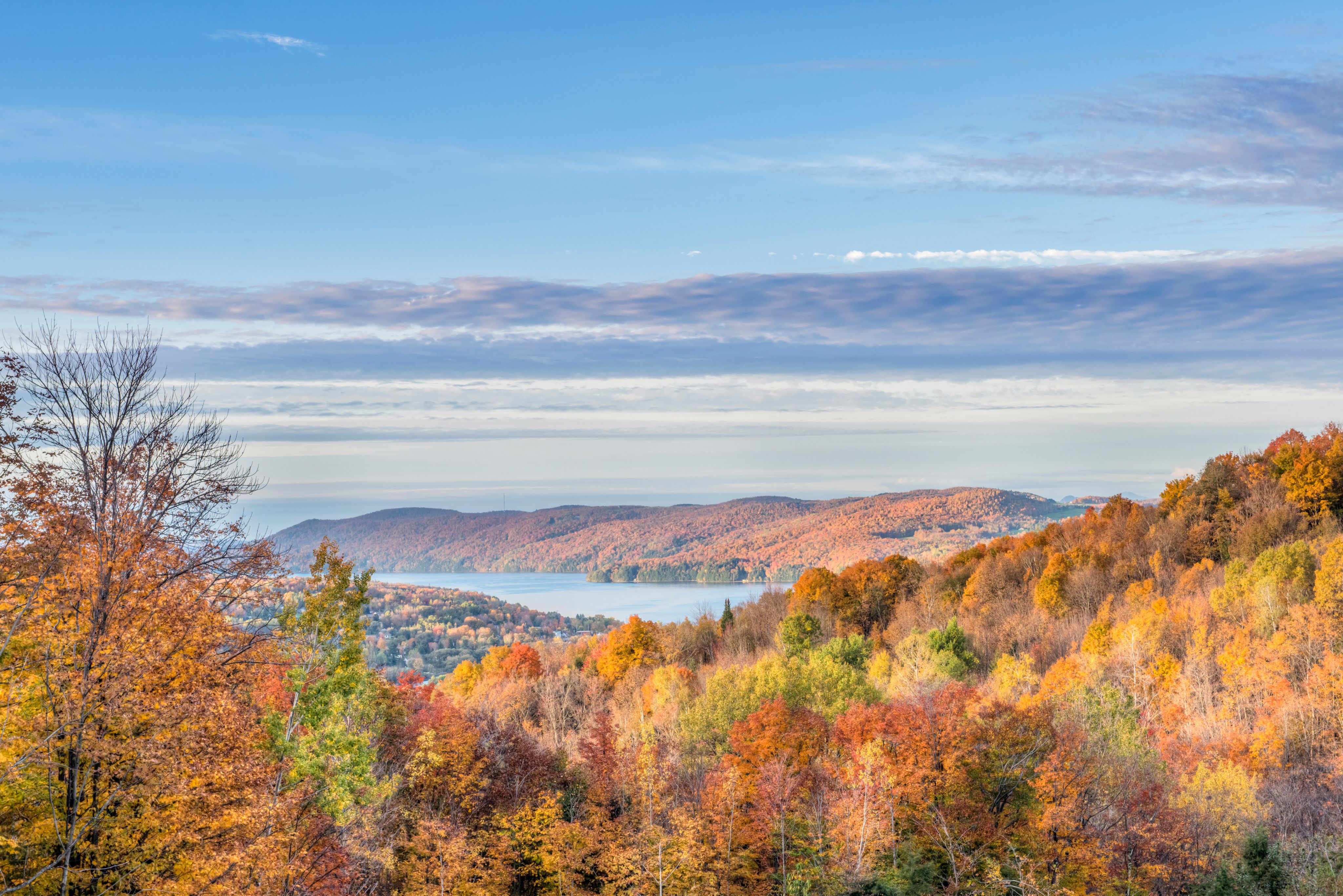
Welcome to the bread basket of Québec, home to rolling vineyards, cheesemakers and a bounty of fresh fruit and vegetables...
Québec Maritime
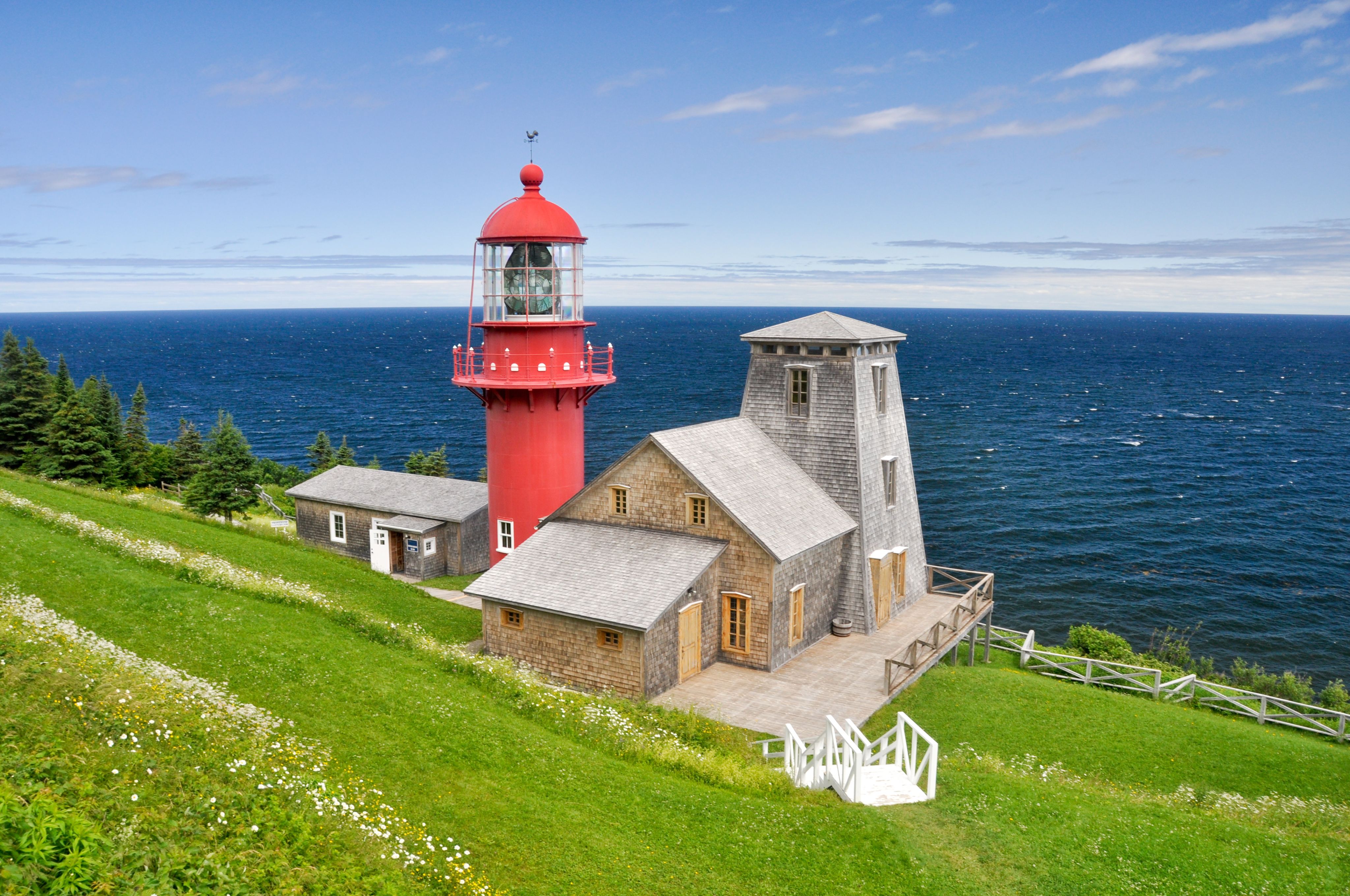
Québec's eastern coastline is awash with traditional culture, marine life and incredible natural wonders...
Nunavik
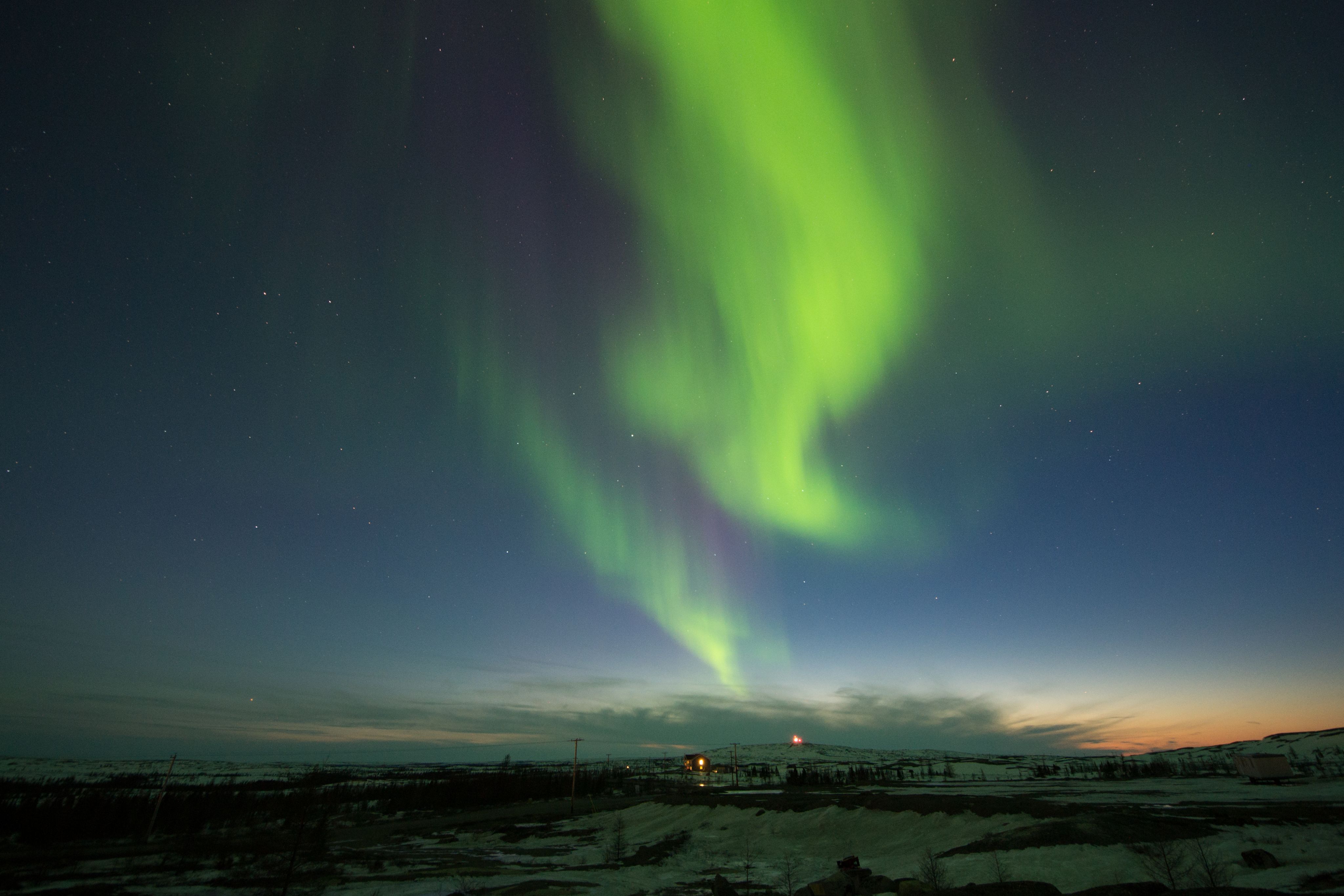
Northern Québec's frozen frontier, Nunavik is a remote expanse of larger-than-life scenery that will slacken your jaw both day and night...
Montréal

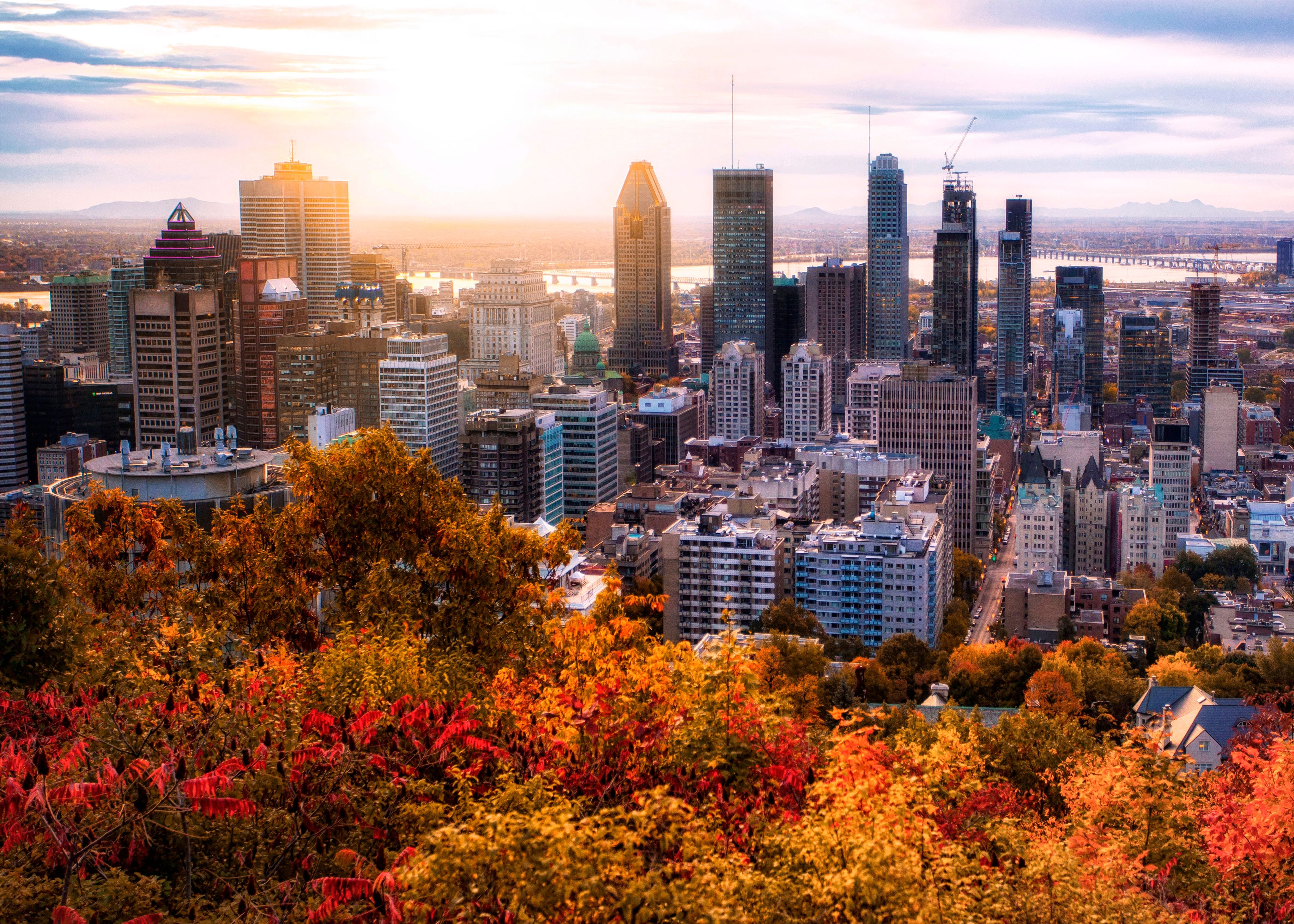
Whether it’s for fusion food or world-class festivals, Montréal is the city that shows the rest of Québec how to live. Fiercely wedded to its French heritage but also proudly multicultural, it’s a city that marries the best of old and new: packed with history, but also home to some of Canada’s most innovative architecture and design.
The city is renowned for its thriving dining scene: some of Canada’s most exciting chefs are based here, cooking up a smorgasbord of dining experiences, from classic French bistro to fusion sushi, vegan street food or pimped-up poutine. And while it knows how to eat, Montréal also knows how to party. Year-round, there’s guaranteed to be a festival on somewhere around the city: showpiece events of the summer include the world famous Festival International de Jazz de Montréal, but there’s something on pretty much every month of the year, from film fests to craft beer celebrations. On y va!
Laurentians
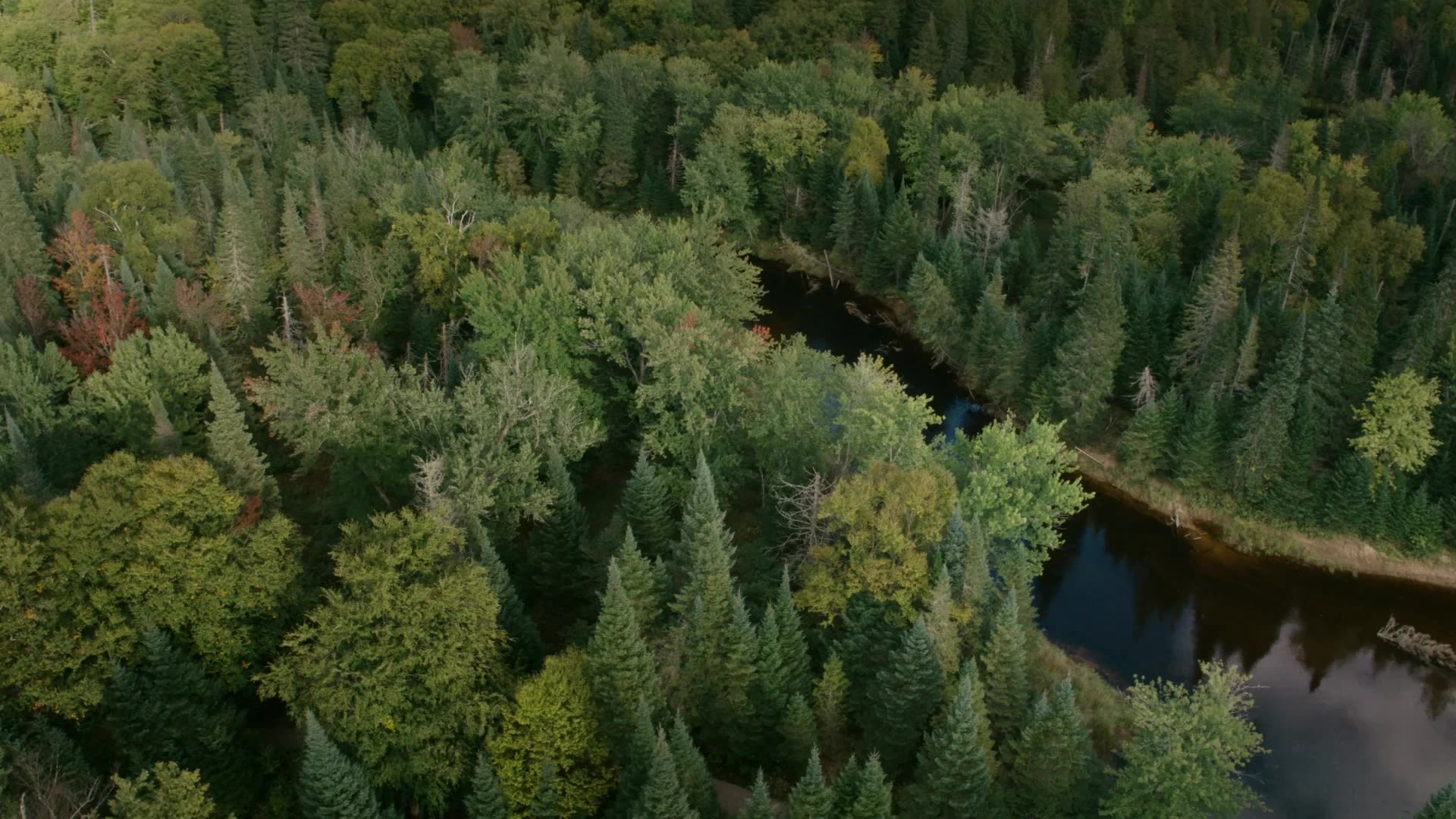
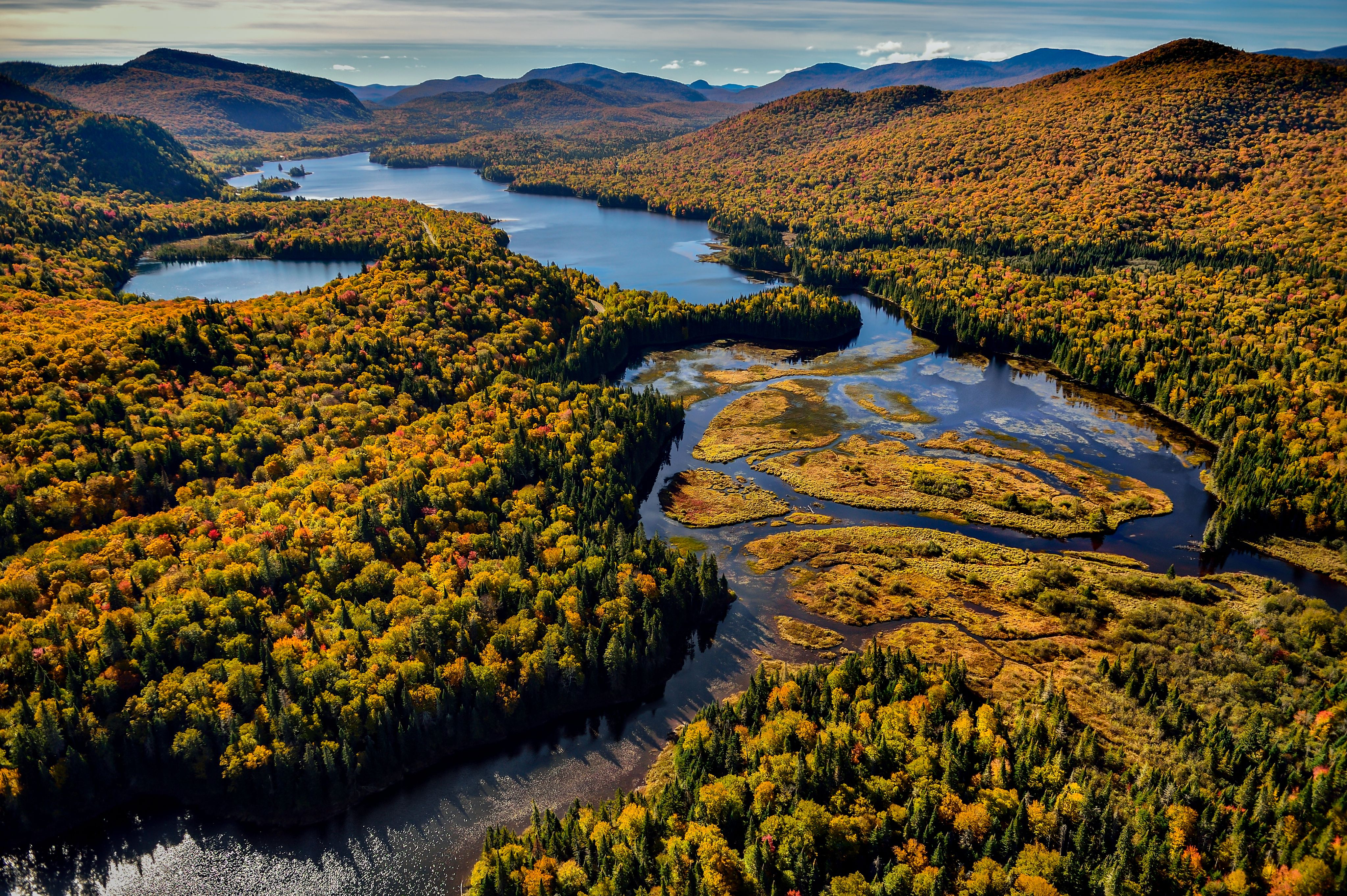
Spiking the skyline northwest of Montréal for nearly 1,500km, this ancient mountain range is said to be one of the oldest on Earth – and it’s a prime area for hikers. Cloaked with boreal forests, criss-crossed by sparkling rivers and spotted with pristine lakes, it’s superb for wildlife watching, canoeing and wilderness camping. Summer is the premier time to hike the Laurentians’ trails, while autumn is fun for a leaf-peeping road-trip, when the area’s forests light up with autumnal colour.
The Laurentians are a popular getaway for Montréalians, and towns including St-Jérôme, St-Sauveur-des-Monts and Val-David make good bases, while the outdoor and skiing action centres around Ville de Mont-Tremblant. Another highlight of the Laurentians is the Parc Linéaire du P'tit Train du Nord, a hiking and biking trail which follows the old Canadian Pacific Railway line for 234km between Bois-de-Filion and Mont Laurier. It’s the ultimate long-haul adventure.
Outaouais
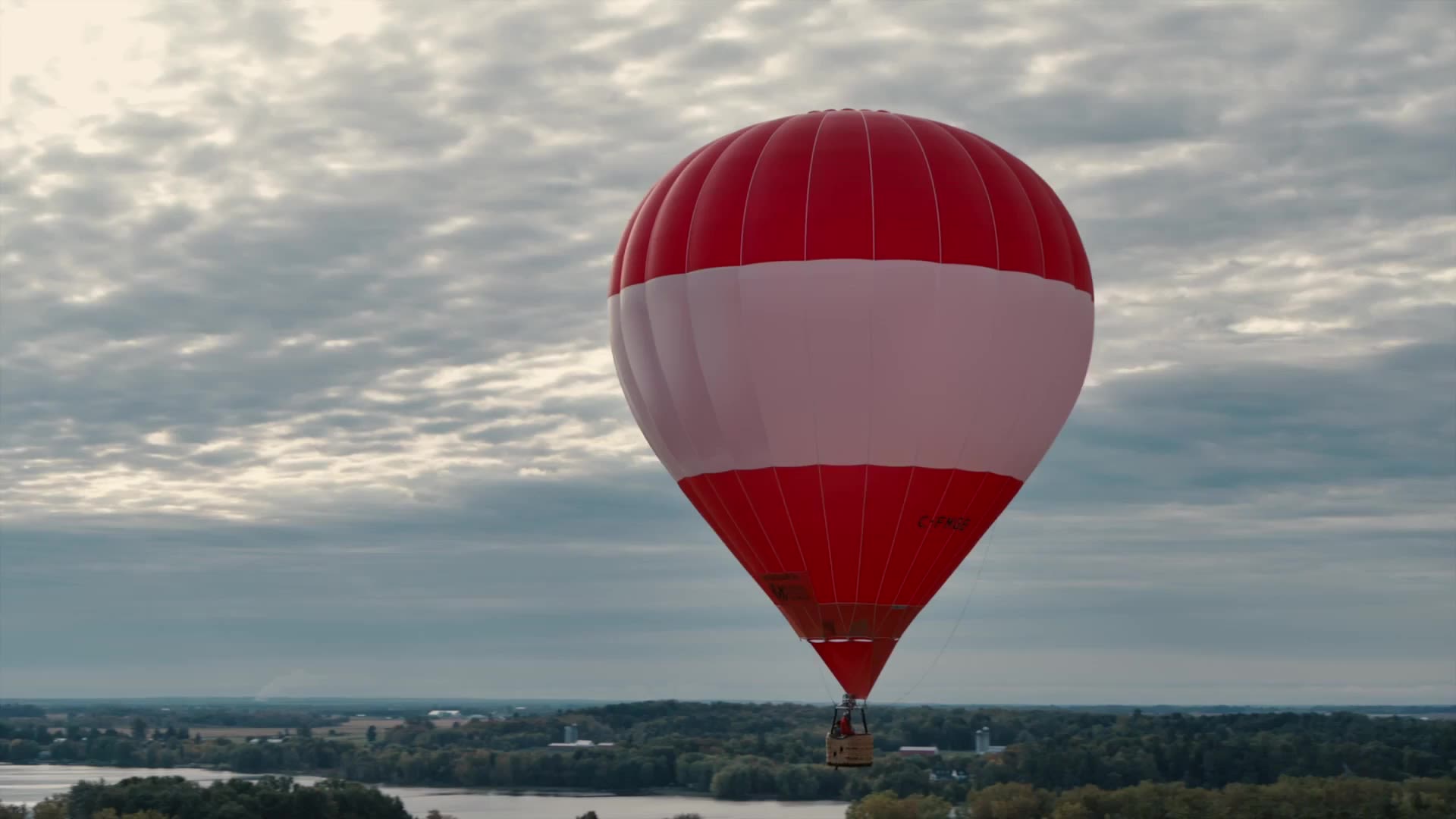
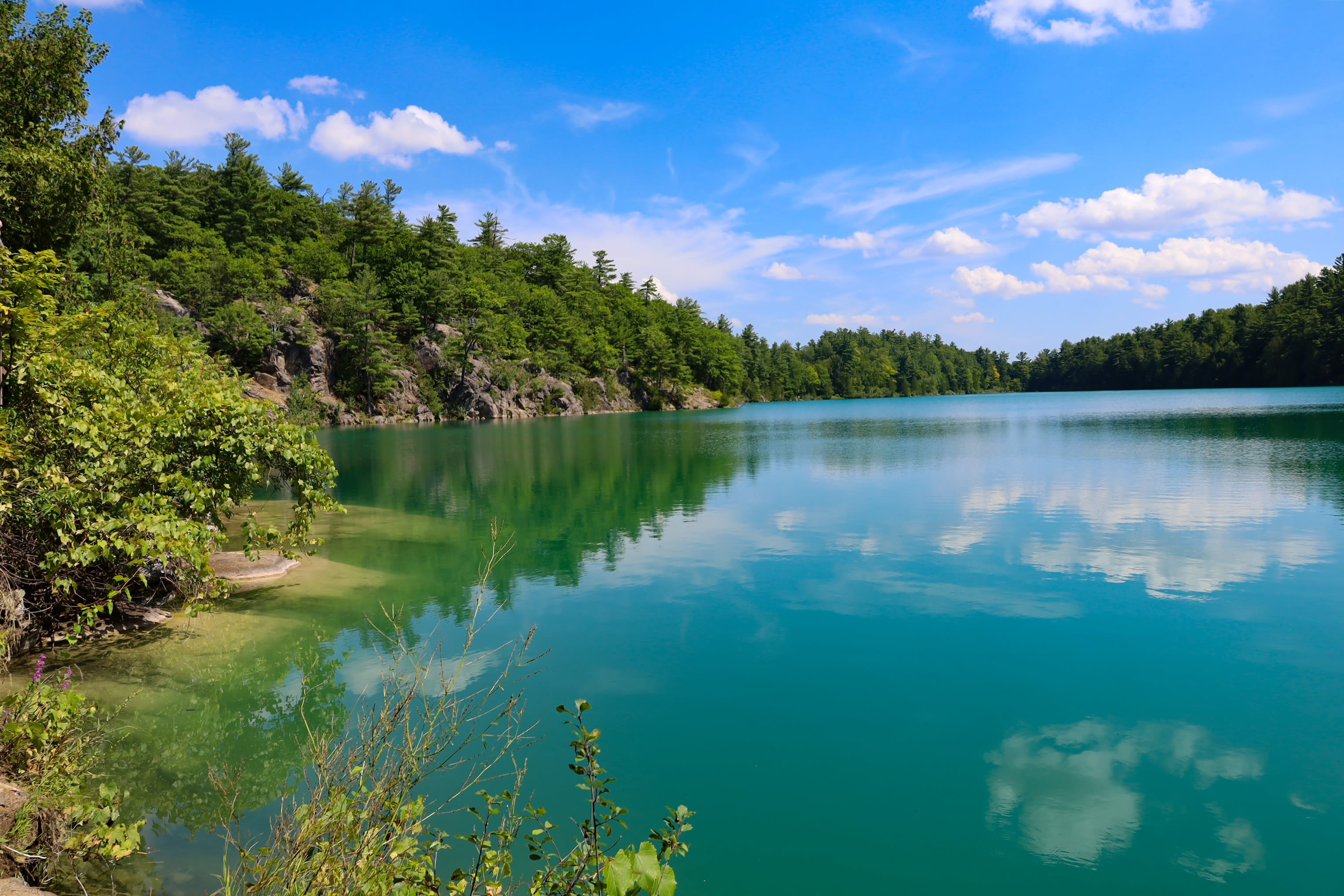
Located in south-western Québec and separated from Ottawa by the Canadian capital's namesake river, Outaouais is carpeted in natural beauty. The region is a wild mosaic of seeping waterfalls, ink-blue lakes and thick forests, with Parc Régional du Lac de 31 Milles veined with hiking trails and Forêt-la-Blanche Ecological Reserve home to Québec's last patch of old-growth forest and some of the oldest trees in eastern North America.
The largest city in Outaouais is Gatineau, which sits across the Ottawa River from the Canadian capital and is home to the Canadian Museum of History, which is home to the world's largest indoor collection of totem poles. Nearby lies Gatineau Park, a 361 sq km wild parcel of woodland, lakes and waterfalls that's equally wonderful to hike in summer as it is to cross-country ski in winter. Don't leave without staying at Château Montebello, a Fairmont resort that's reputed to be the world's largest log cabin.
Saguenay-Lac-Saint-Jean
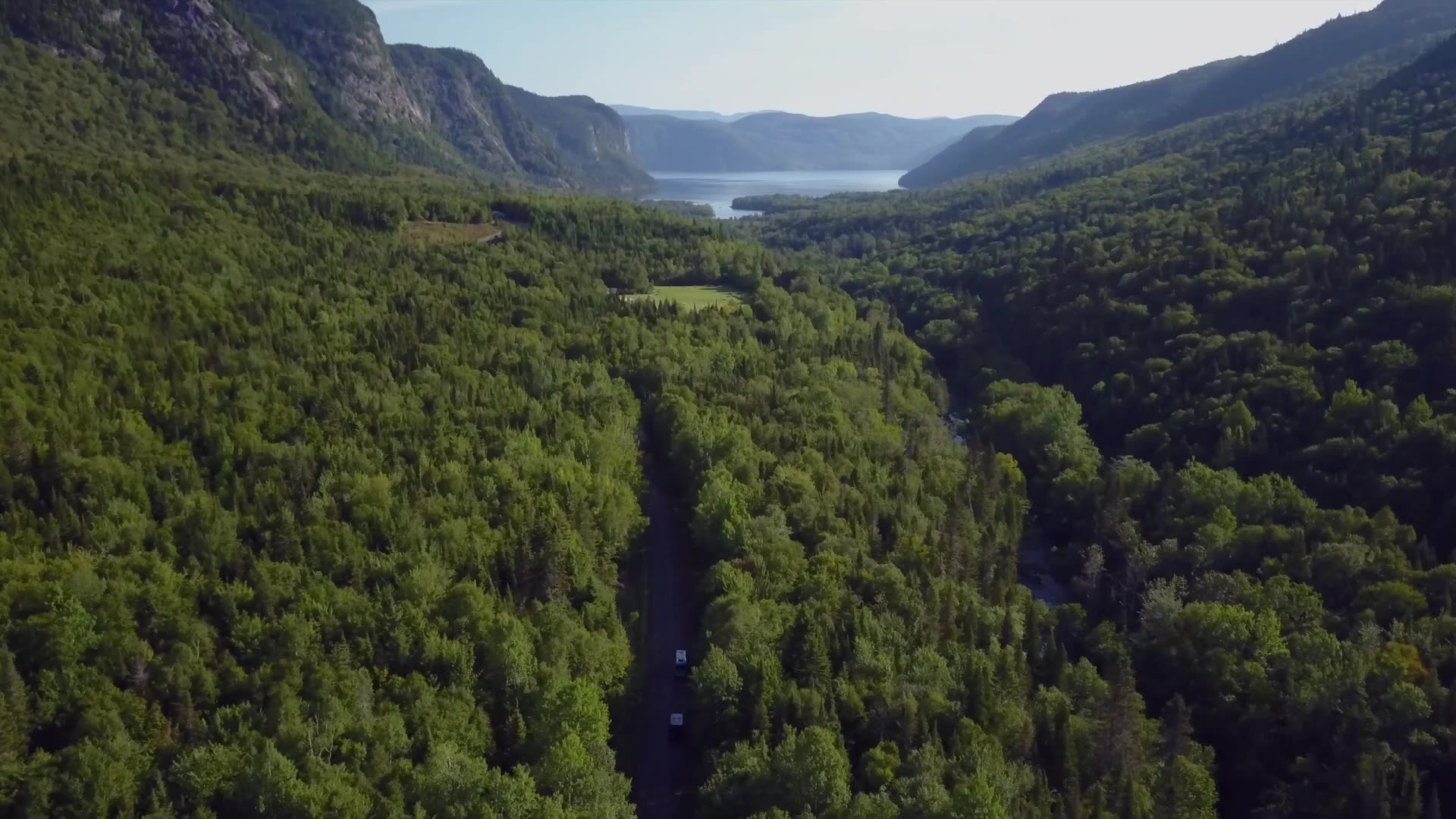
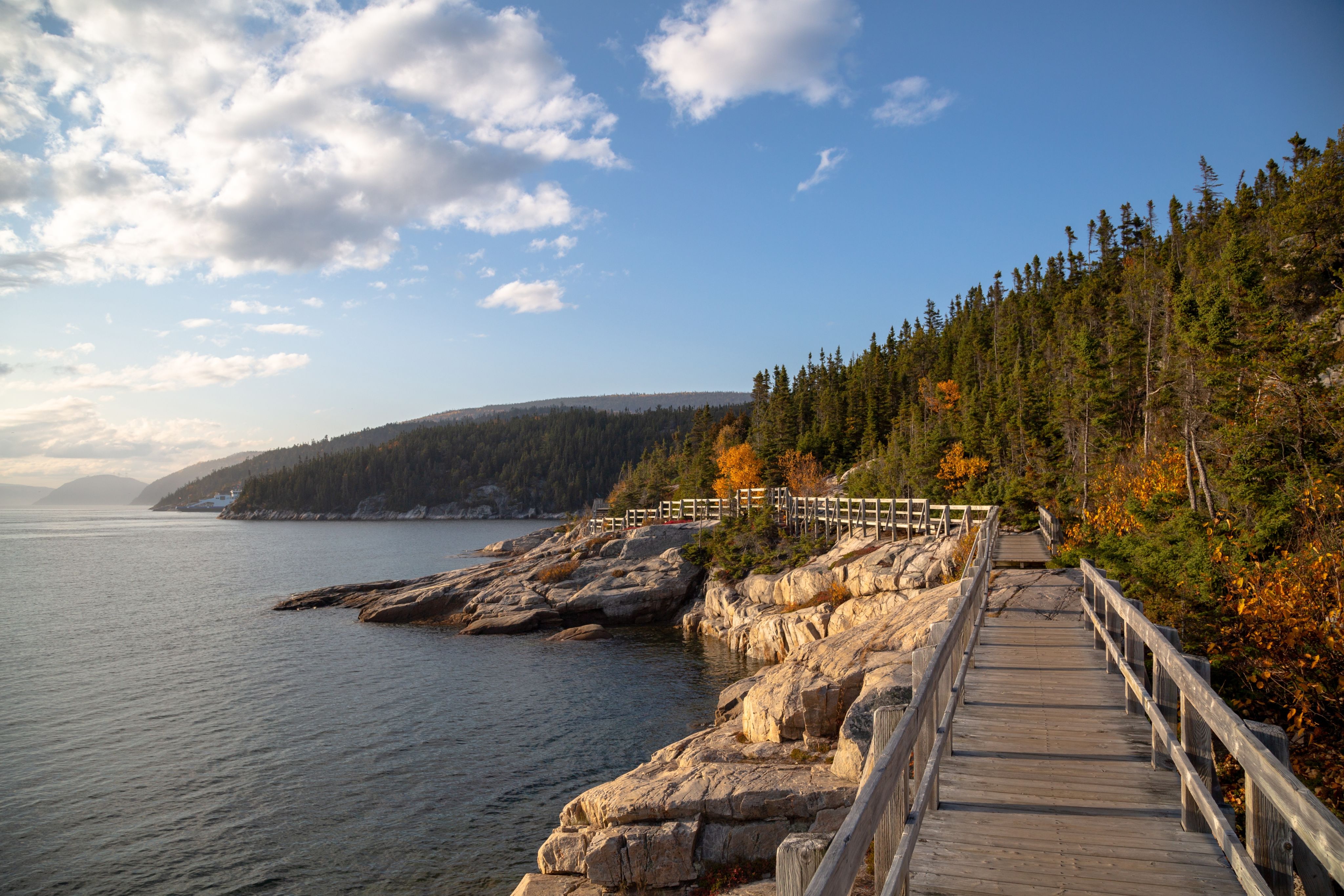
West of Tadoussac, one of Québec’s great natural wonders awaits – the majestic Saguenay Fjord, whose sheer cliff walls and crystal clear waters seem more Norwegian than Canadian. Carved out by a long-gone glacier that became the Saguenay River, it’s a spectacular sight that’s best experienced from the water – either on a boat trip, by kayak or by canoe. The Saguenay River region contains two national parks: the Parc National du Fjord-du-Saguenay, a great area for wildlife-spotting, with organised trips heading out in search of moose, elk, wolves and black bears, and the Parc Marin du Saguenay–St-Laurent, which protects 1,138 sq km of its namesake rivers and is another top spot for whale watching.
Further west is the vast Lac St-Jean, which sprawls over more than a thousand square kilometres, making it closer to an inland sea than a lake. Popular with sailors, the area is also famous for its blueberries and meaty tourtières (pies). Allow extra time to explore some of the area’s characterful villages, including arty L'Anse St Jean, Village Historique du Val-Jalbert and Ste Rose du Nord, officially one of the Most Beautiful Villages of Québec.
Québec Authentique
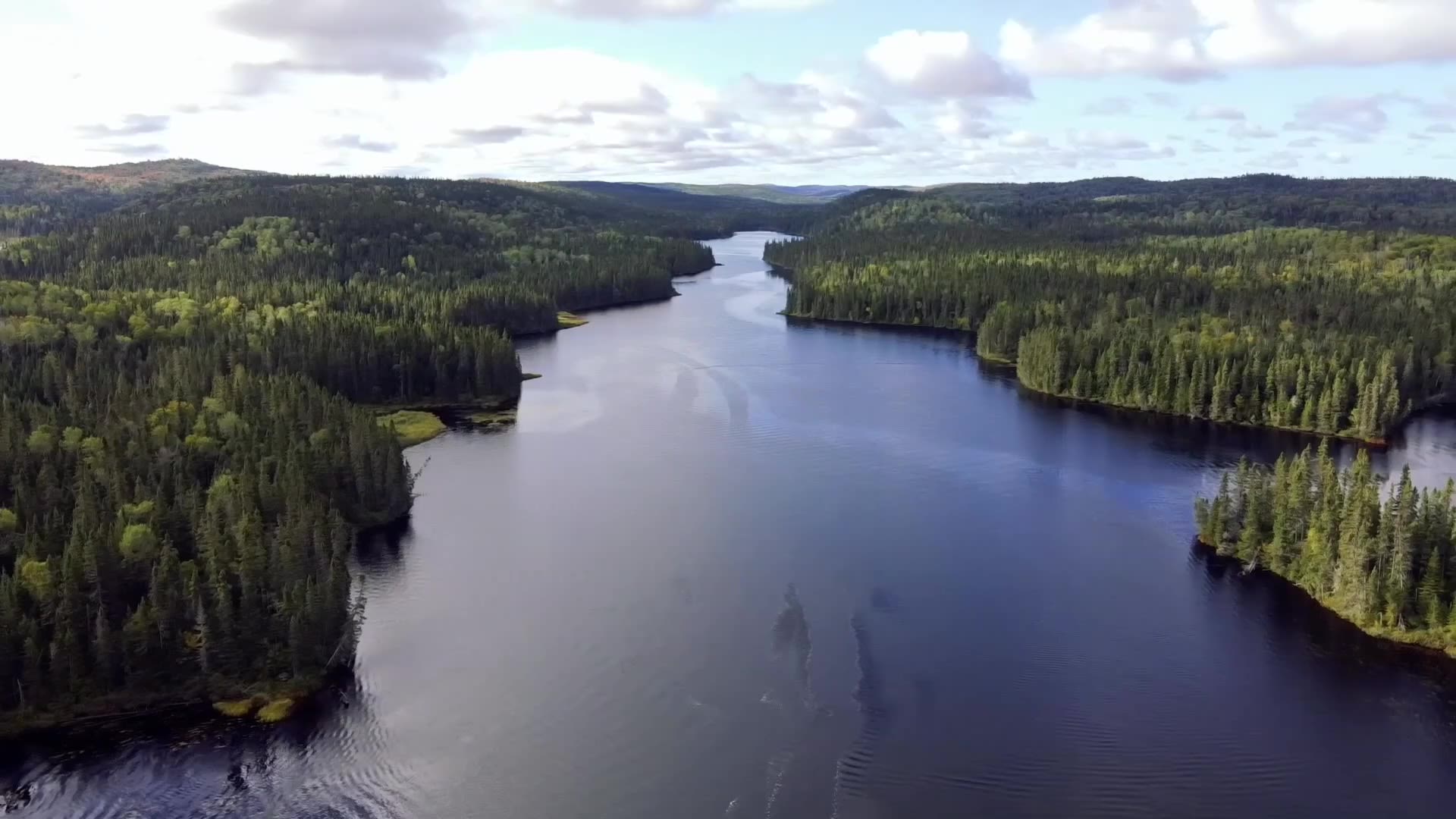
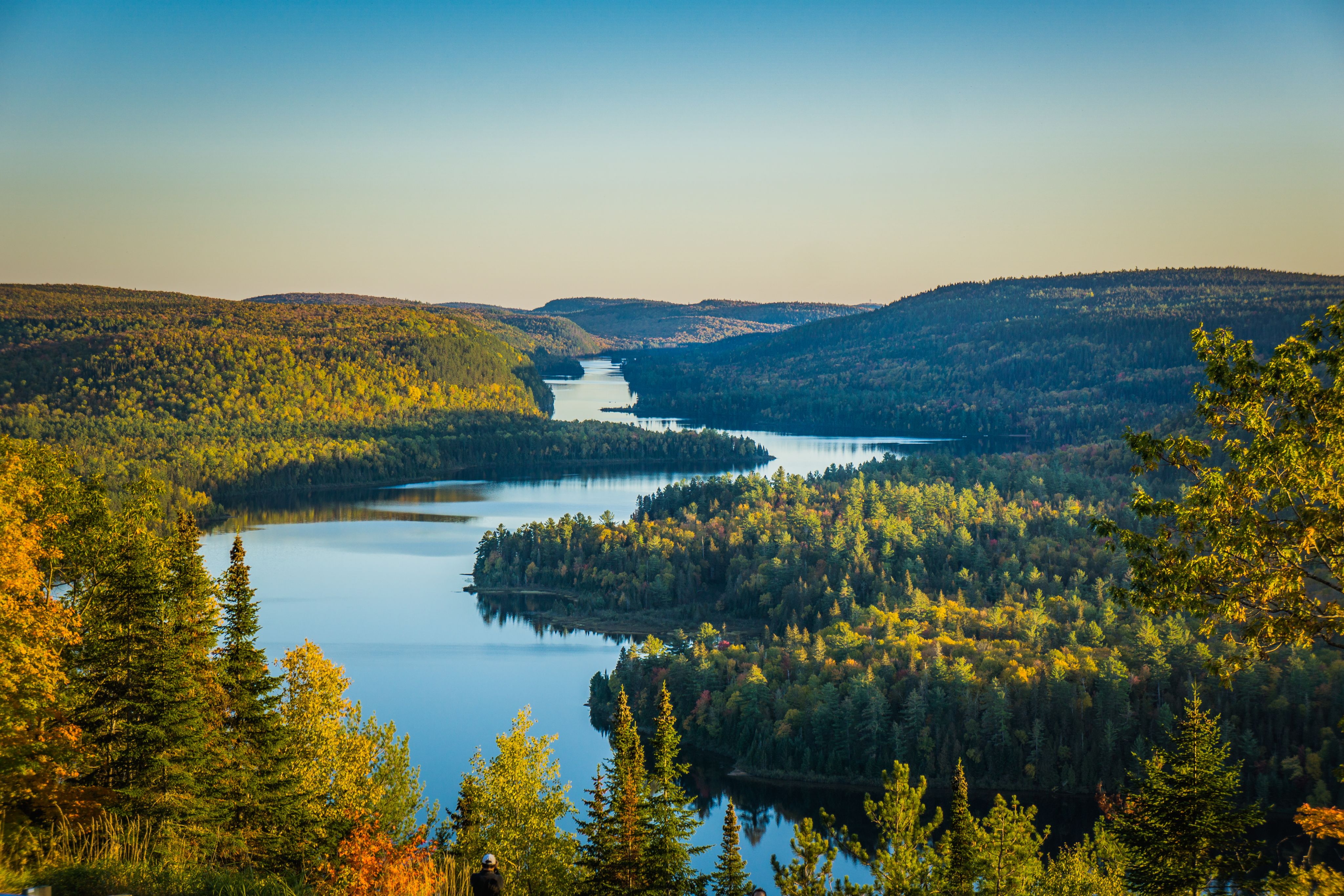
Stretching north from the Ottawa River, Québec Authentique comprises of two smaller regions: Mauricie and Lanaudière. Mauricie is a patchwork of rivers, forests and lakes, and once also played an important part in Québec's industrial history as a centre for logging, smelting, mining and milling. Large swatches of it are now protected within the borders of Parc National de la Mauricie, which covers an area of 536 sq km and is popular with hikers and cyclists in summer, or you can go canoeing along the Rivière St-Maurice. Mauricie’s main city is Trois-Rivières, founded back in 1634 but devastated by a fire in 1908; it has since reinvented itself as a cultural and administrative centre for the wider Mauricie region.
Next door lies Lanaudière, an incredible unspoiled wilderness that's home to 10,000 lakes and rivers. It goes without saying outdoor adventure is easy to come by here, from summer hiking to traversing the 500-plus km of snowshoeing trails, especially in Parc National du Mont-Tremblant and Parc Régional Sept-Chutes. For the more adventurous among you, Lanaudière's mountains, valleys and forests are the perfect hand to try your hand at dog sledding. It's bound to be a ride to remember.
Charlevoix
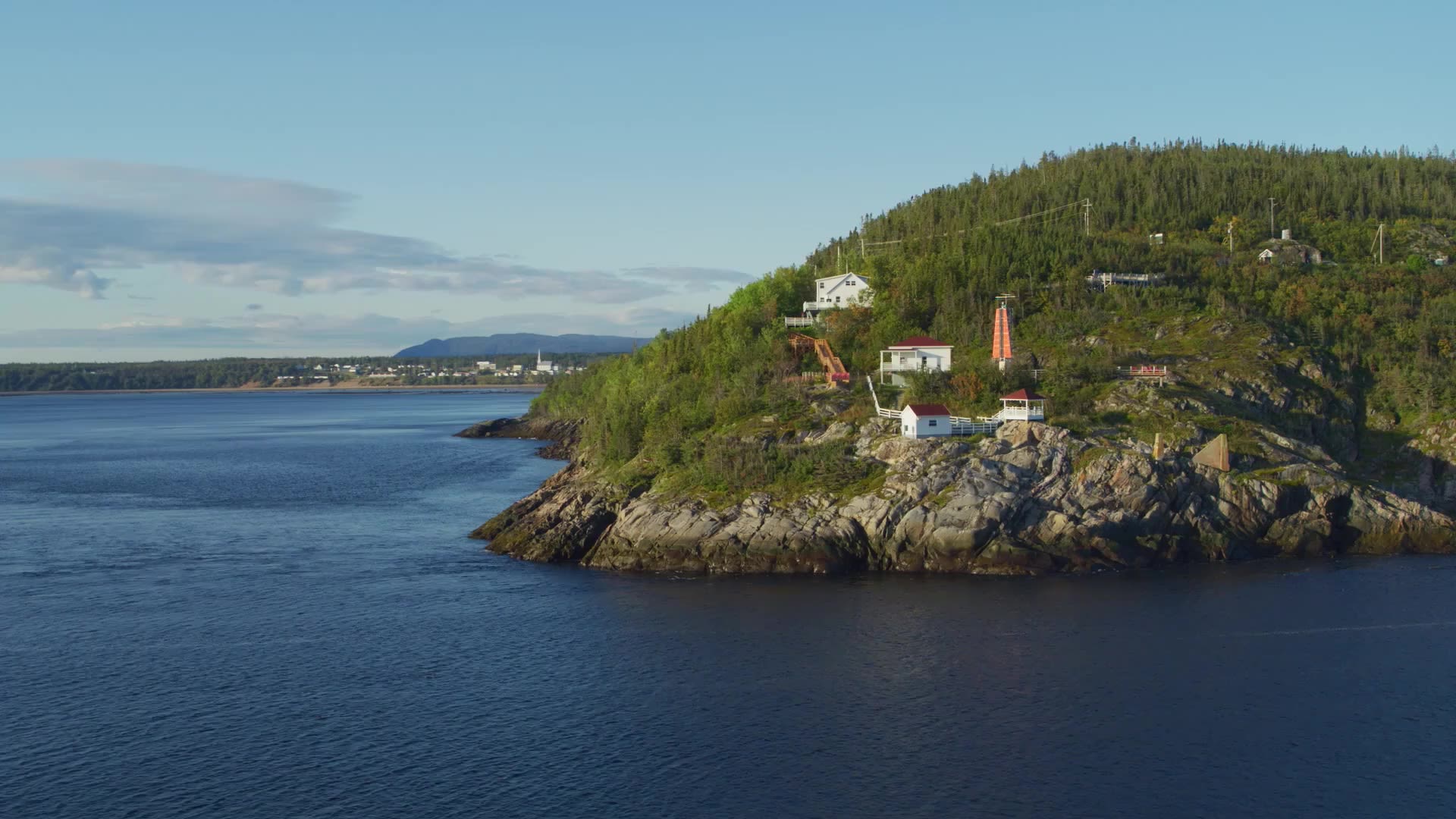
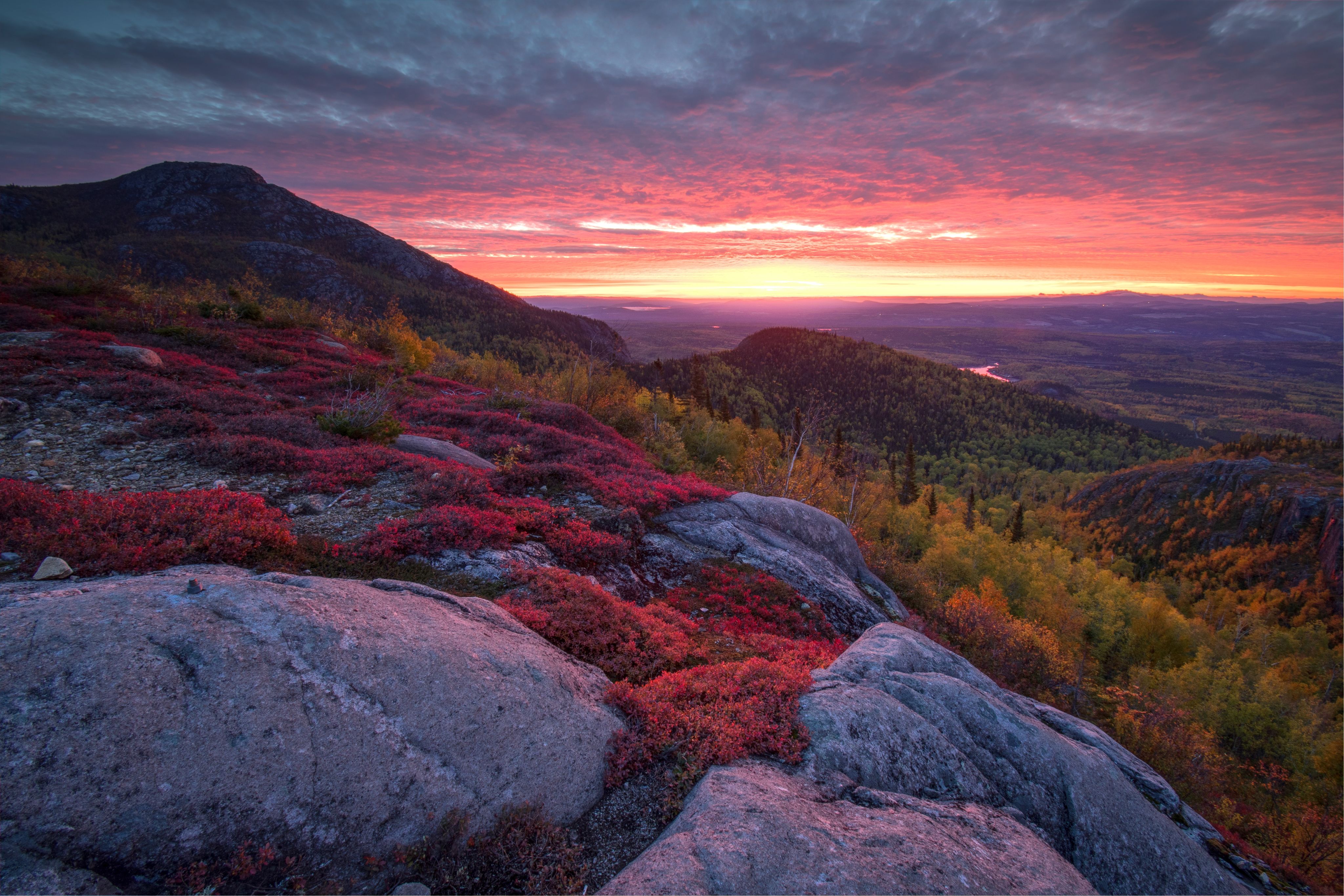
An ideal road-trip from Québec City, Charlevoix is a rural corner of Québec that’s known for its natural scenery and laid-back way of life. Two scenic road routes offer the perfect introduction to the region: the Route des Montagnes is the one for big mountain views, while the Route des Saveurs includes stops at a selection of farms, restaurants, bakeries, cheesemakers and microbreweries that showcase Charlevoix’s culinary gems. The area is also dotted with pretty towns and villages that make handy stop-offs. La Malbaie has some impressive homes to admire, Baie St-Paul is awash with artists’ studios and galleries, and Baie Ste-Catherine is the best base for outdoor pursuits.
Just offshore from Baie St-Paul, 23km-long Île Aux Coudres feels like stepping back in time, with quiet hamlets and empty bays to explore – and with just over a thousand residents, the island is often delightfully quiet too. For some sunbathing, take a trip out to Cap-Aux-Oies (Goose Cape), where you’ll find one of Québec’s best beaches – and if it’s an all-over tan you’re after, there’s a secteur naturiste (nude area) where the brave bare all.
Québec City
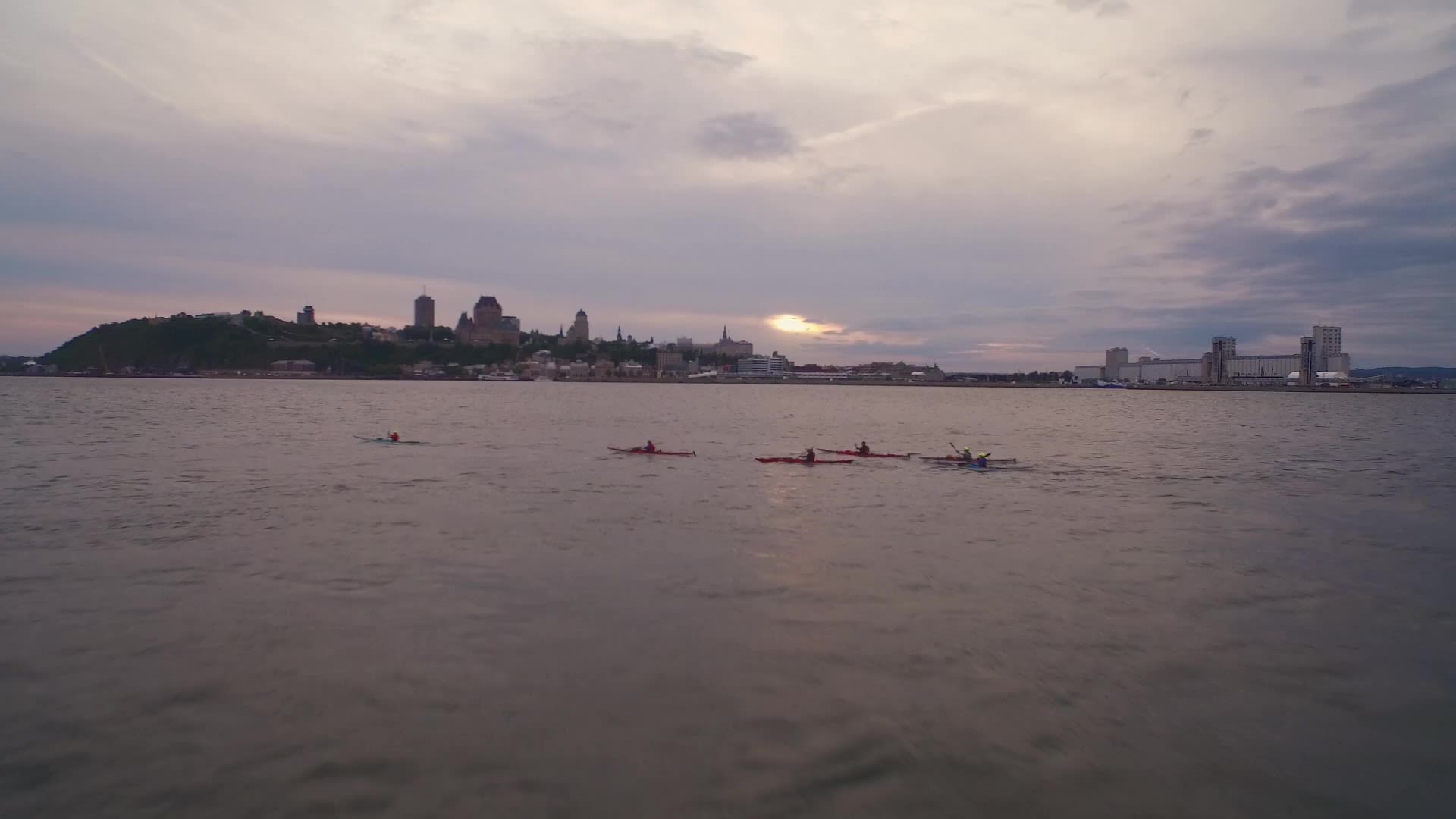
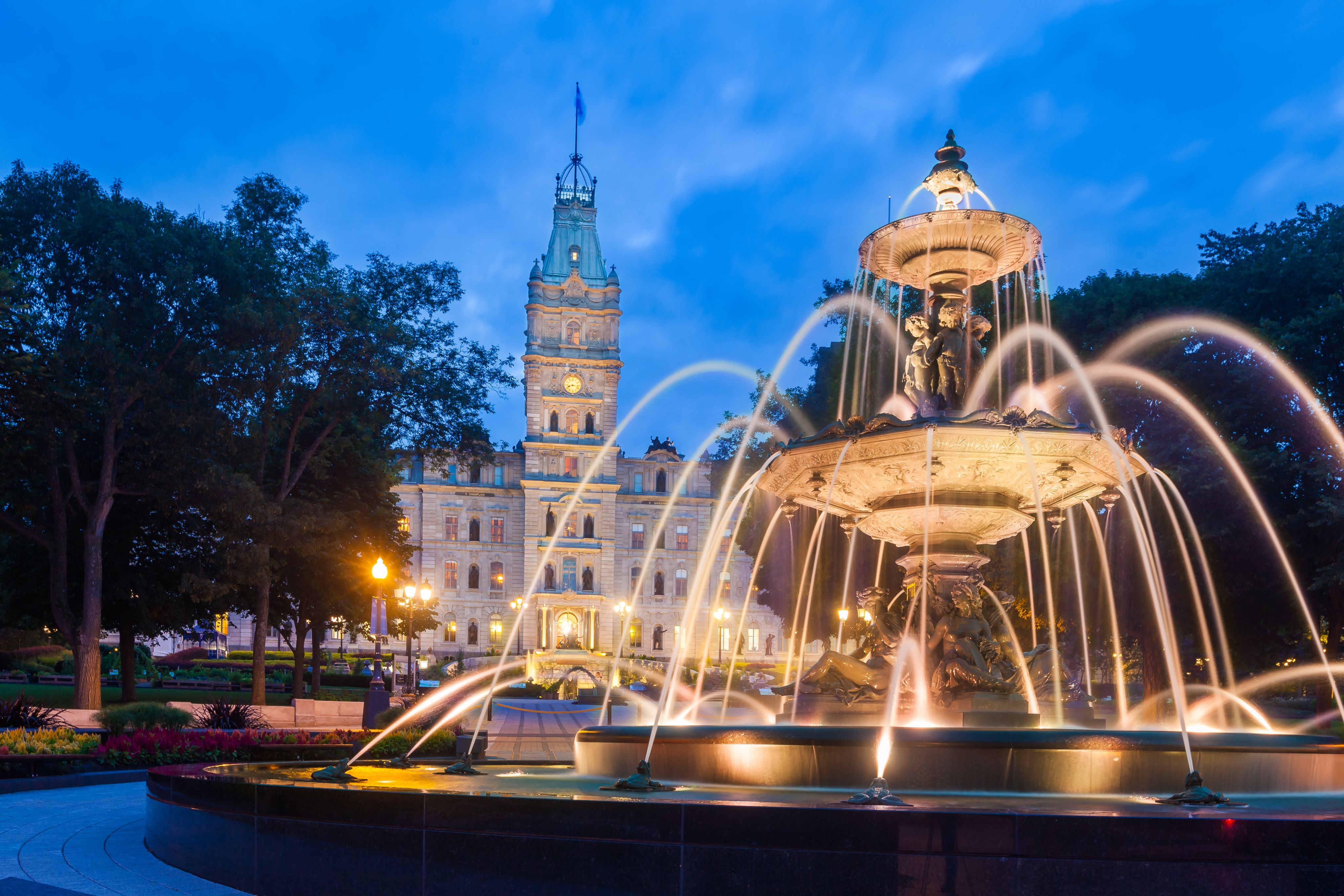
Founded in 1608, Québec’s capital is not just one of the oldest settlements in North America – it’s also one of the most beautiful. Proudly Francophone (English is definitely the minority language here), it’s a fascinating, sophisticated city that makes the perfect introduction to Québec. The heart of the city is Vieux-Québec, the beautiful old walled town, protected as a UNESCO World Heritage Site. It’s a pleasure to explore on foot: wander along the winding streets of the Quartier Petit-Champlain past 17th and 18th century townhouses, explore the charming old port, or stop off for a pastry at one of the area’s many streetside cafés.
La Citadelle, the clifftop fort which has guarded the city since the 1750s, is a must-see, offering sweeping views over the St Lawrence River, while the city’s most celebrated hotel, Le Château Frontenac, looks like a French castle that’s been picked up and transported all the way across the Atlantic. Beyond the old town, Battlefields Park marks the site of the historic Franco-English showdown which shaped the course of American history, while the Musée National des Beaux-Arts du Québec is home to Québec’s premier art collection.
Southern Québec
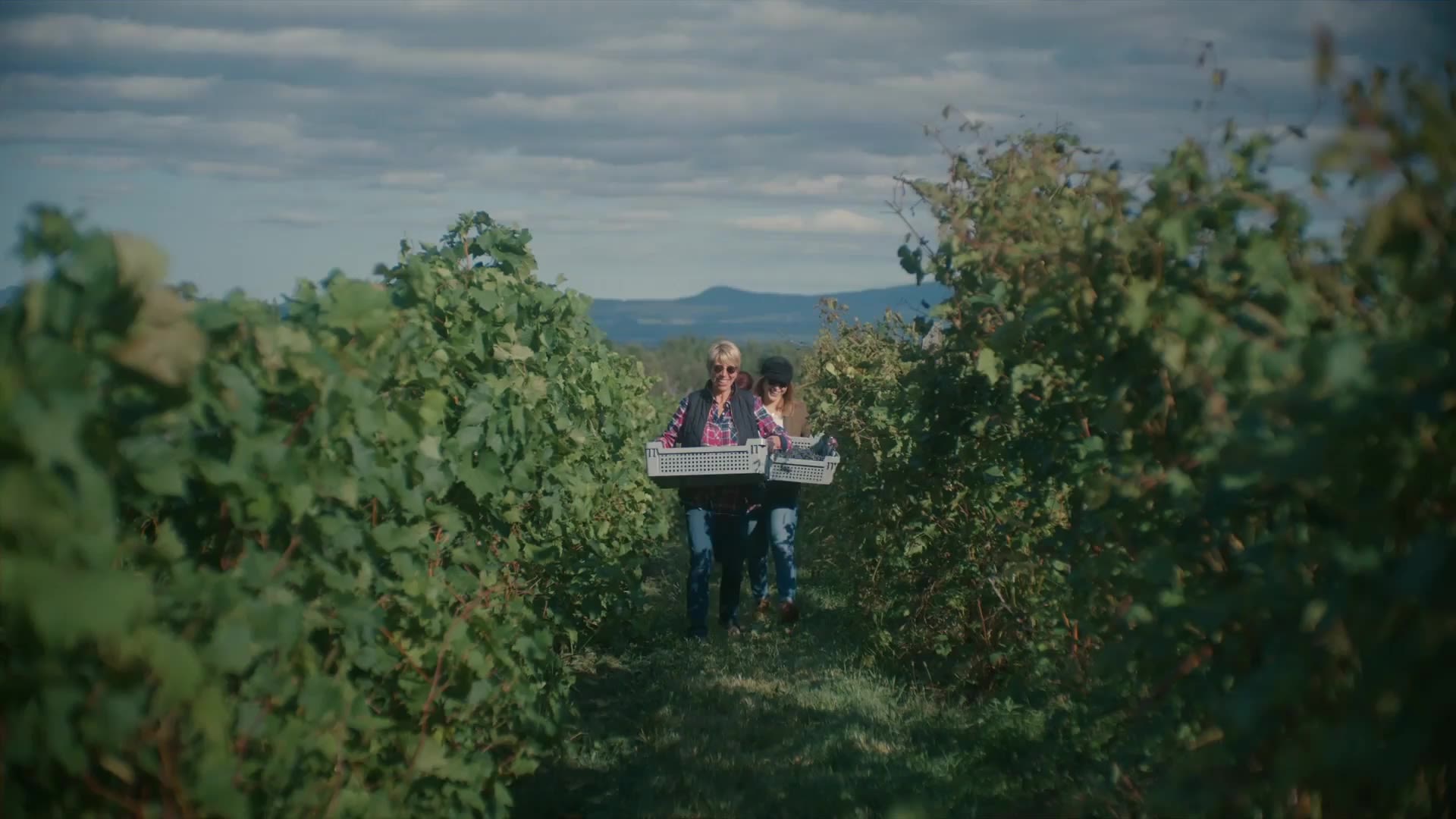
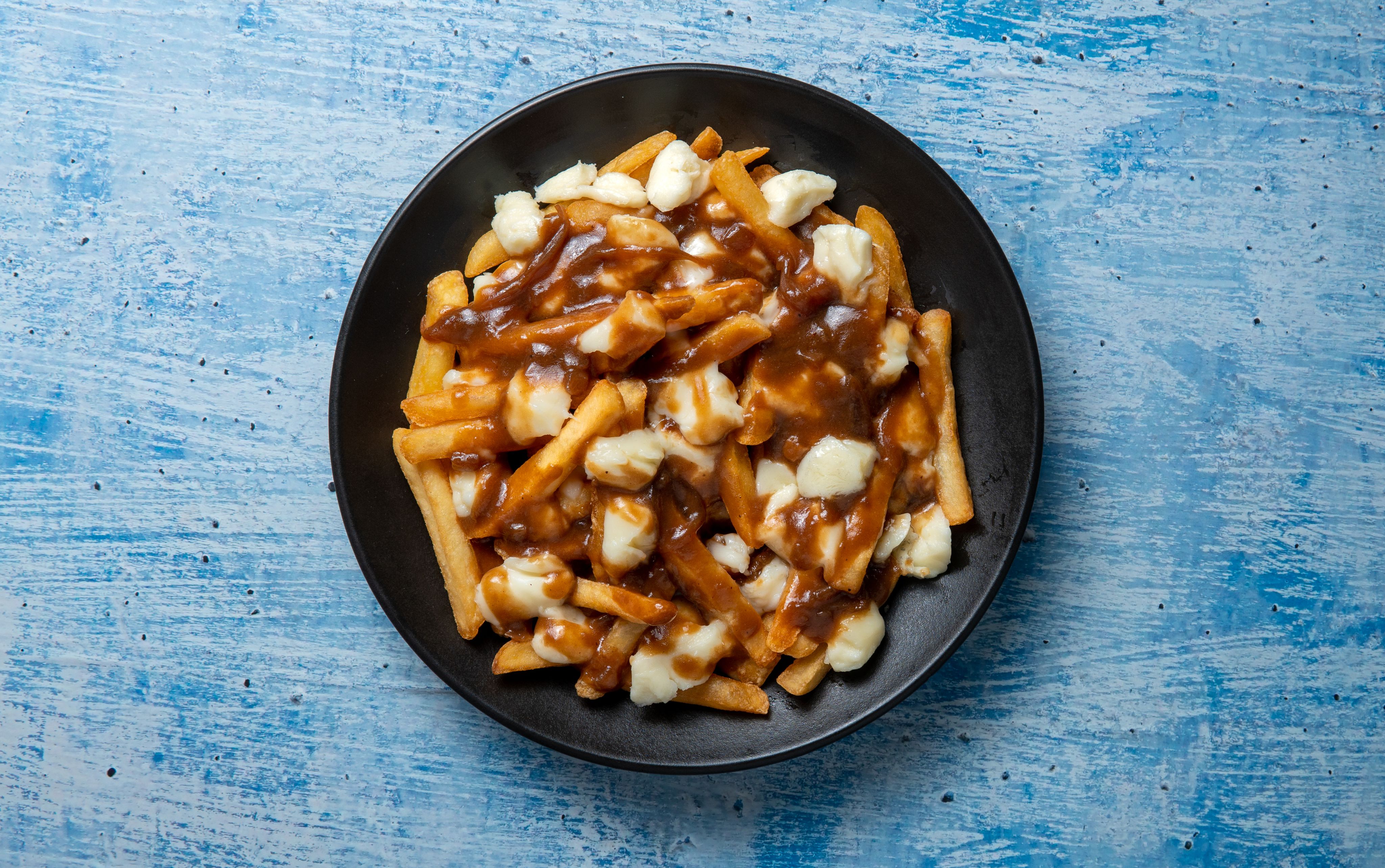
Lying so close to to Québec's major cities, Southern Québec is like a green carpet inviting visitors and domestic city dwellers to lose themselves among its rolling countryside. Here, Aboriginal storytelling and traditions can be felt in Centre-du-Québec, but what Southern Québec is best known for is its sheer abundance of fresh produce. Centre-du-Québec is home to poutine, perhaps Canada's most famous dish, as well as maple syrup, local cheeses and cranberries.
Elsewhere, in the Eastern Townships you can trace a Wine Route that connects some of the province's best vineyards, savour cheese made by Benedictine monks and pair your food journey by exploring its national parks and soaking up the stars in its dark sky preserves. If you're still hungry, head to Montérégie, which is known as Québec's natural larder for good reason. Here, foodie experiences are ten-a-penny, from meeting knowledgeable winegrowers, sampling cider in Québec's 'apple capital' Rougemont and spending a day at a traditional sugar shack.
Québec Maritime
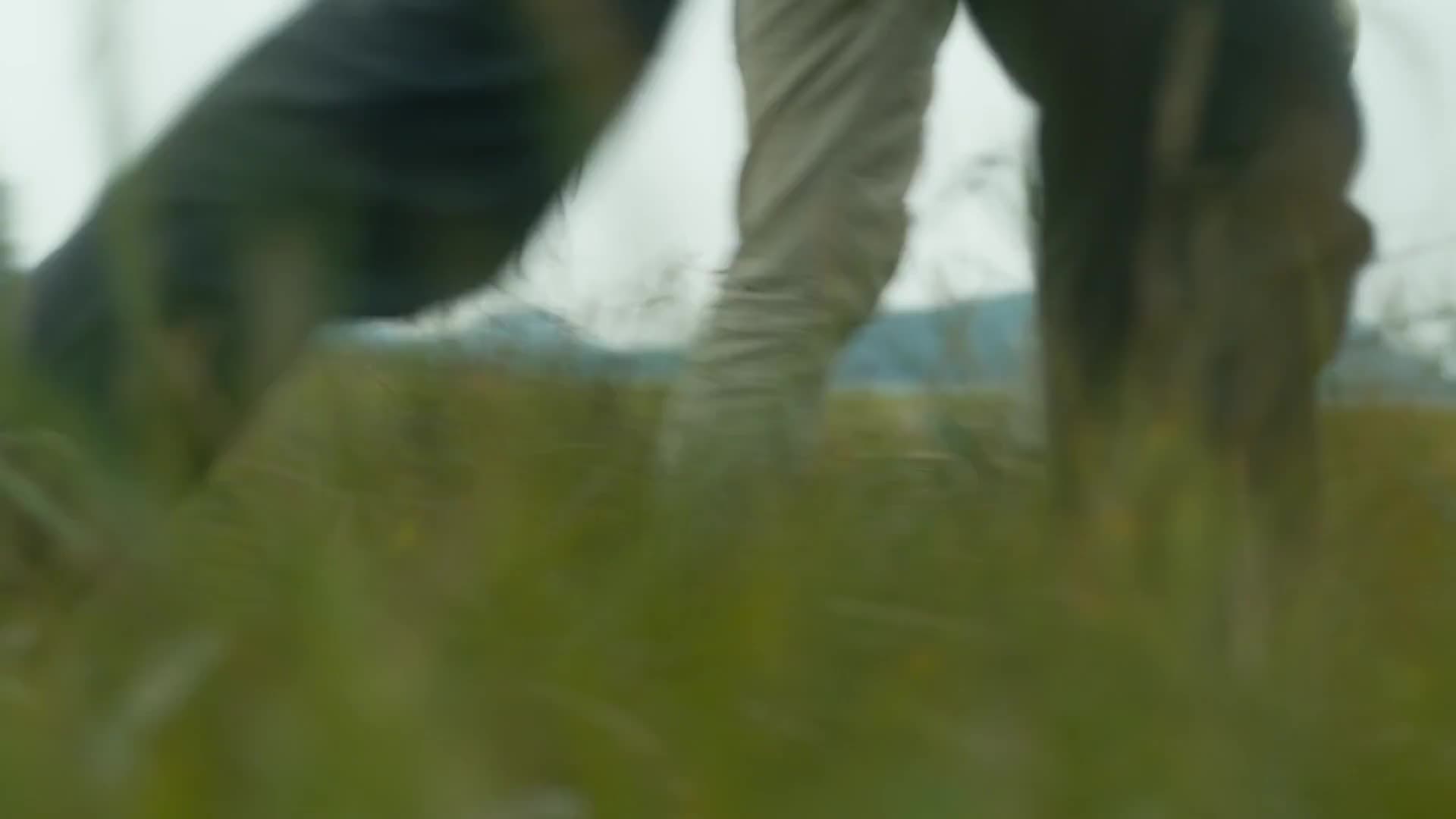
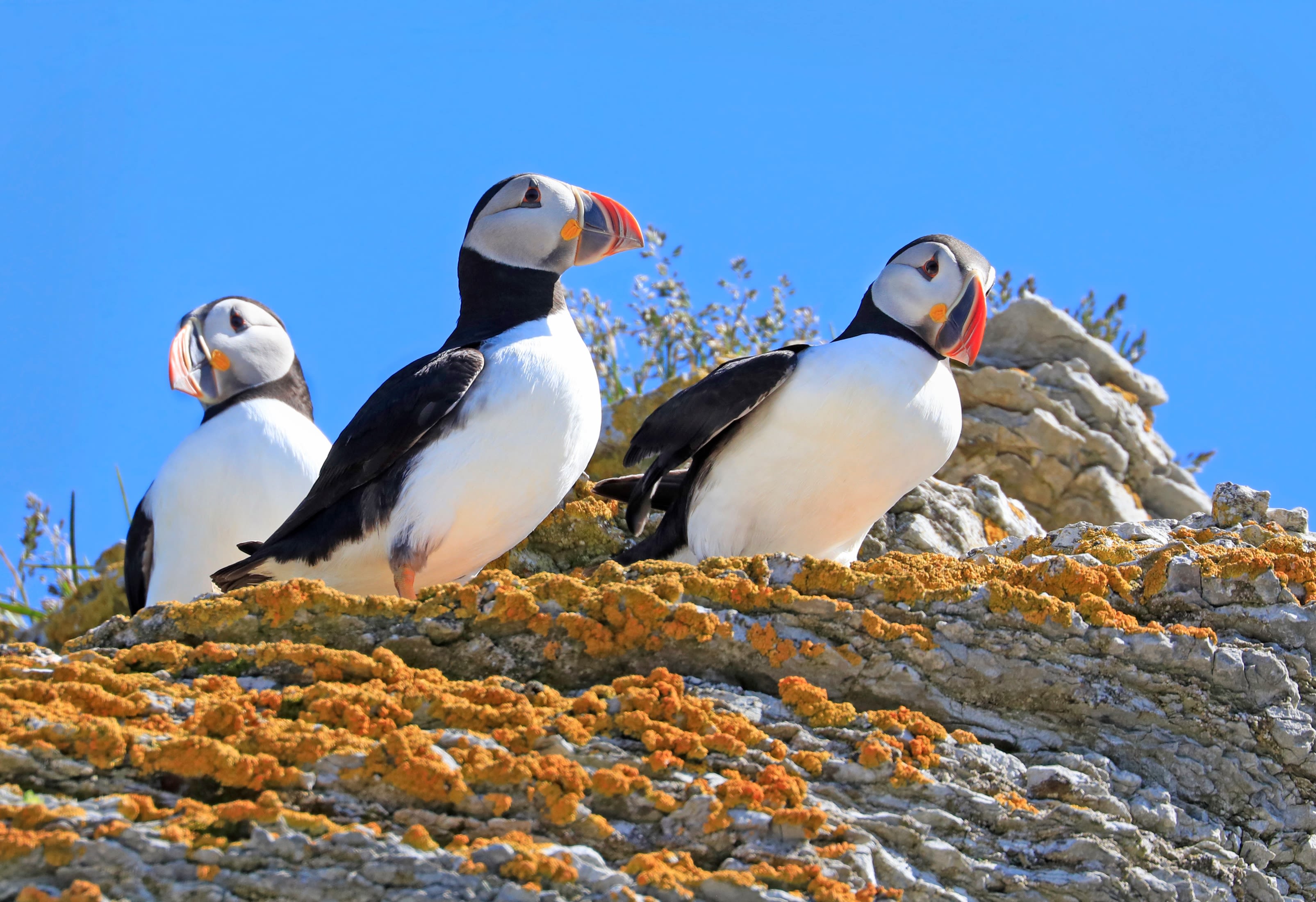
As the mouth of the St. Lawrence River widens, the regions of the Québec Maritime area occupy a vast area on Québec's eastern seaboard: 3,000km of coastline, 10 national parks and a sprawling landscape of 280,000 sq km to be precise. And with fewer than 400,000 people living there, you'll likely feel like you have the place to yourself. Its largest region, Côte-Nord, offers some of the best whale-watching experiences in the province, Atlantic puffins and beguiling rock monoliths in Mingan Archipelago National Park Reserve and much more.
Bas-Saint-Laurent is a chocolate box mix of coastal villages that pay homage to its seafaring heritage, a sprinkling of lighthouses and oceans of adventure, from sea kayaking in Parc National du Bic to unearthing 10,000 years of human history at Parc National du Lac-Témiscouata. Further up the coast, Gaspésie is a land of mountains and water, boasting unique wonders like limestone icon Percé Rock and the marine fossils of UNESCO-protected Parc National de Miguasha, while the remote Îles de la Madeleine is a picture-perfect archipelago of cream-coloured beaches, pastel-red cliffs and undisturbed wildlife like seals and hundreds of seabirds.




